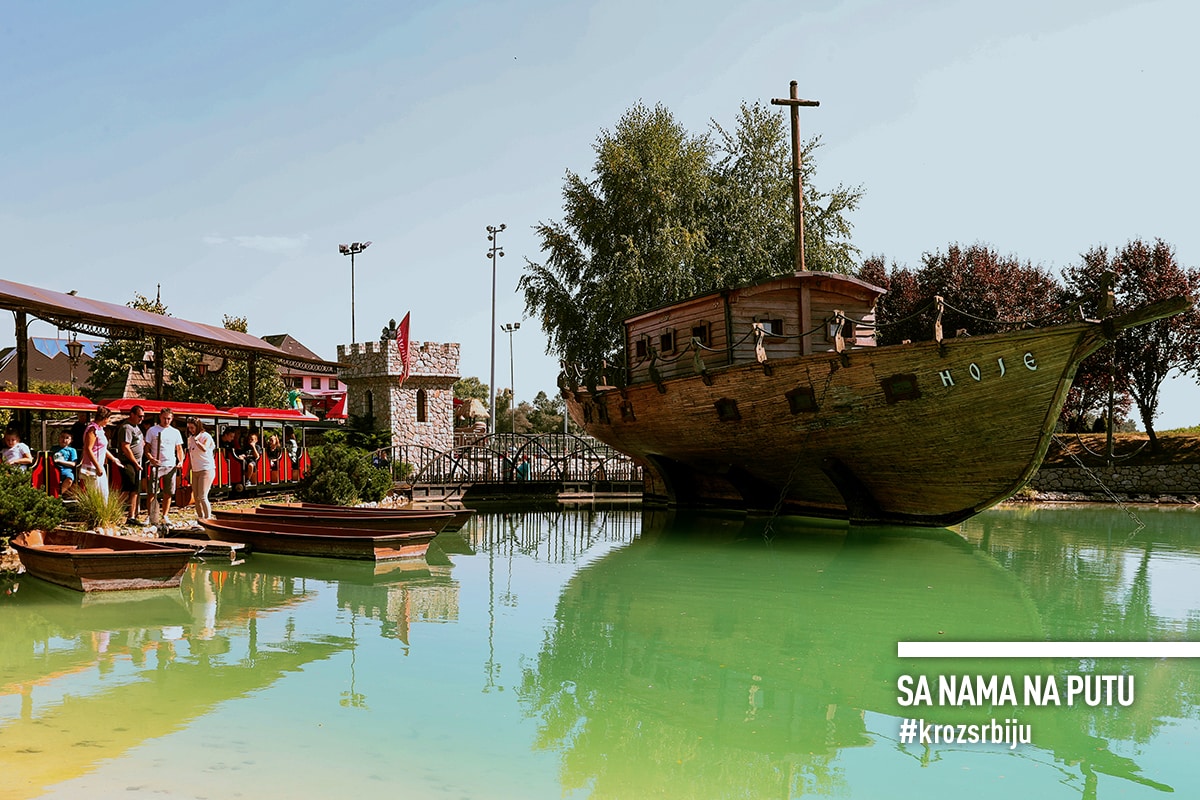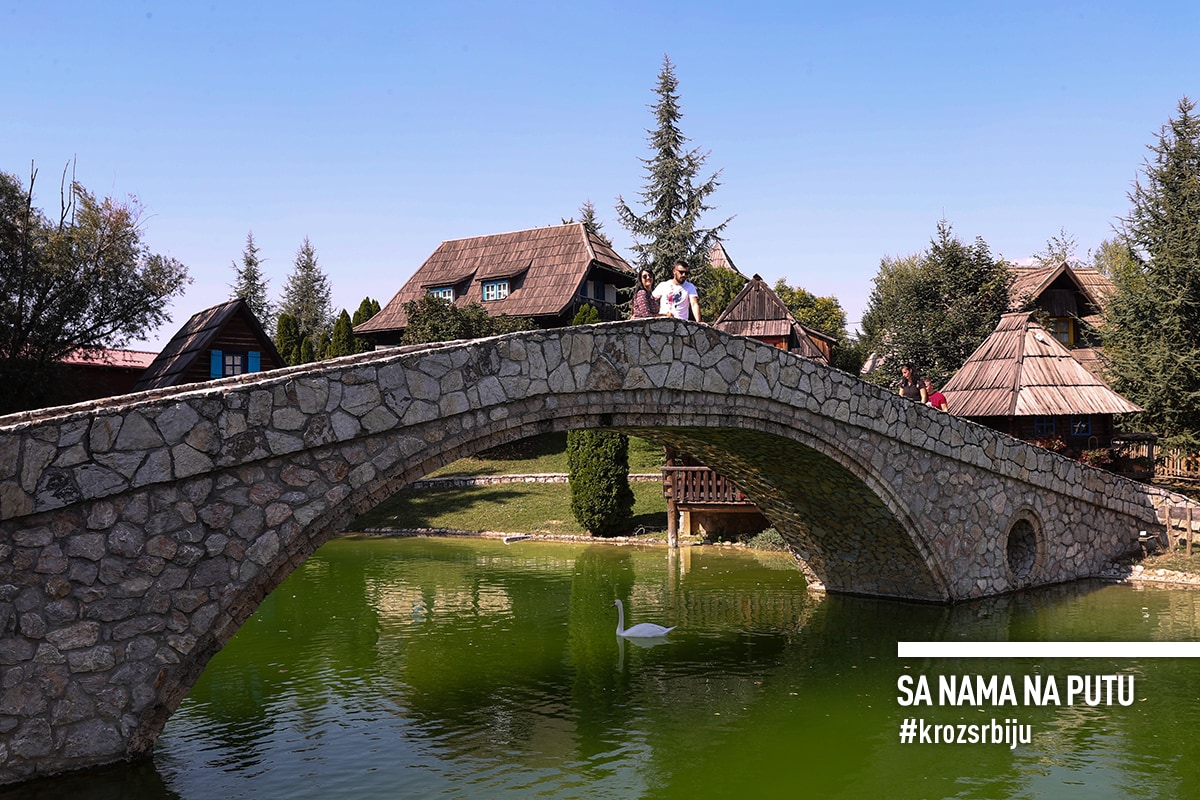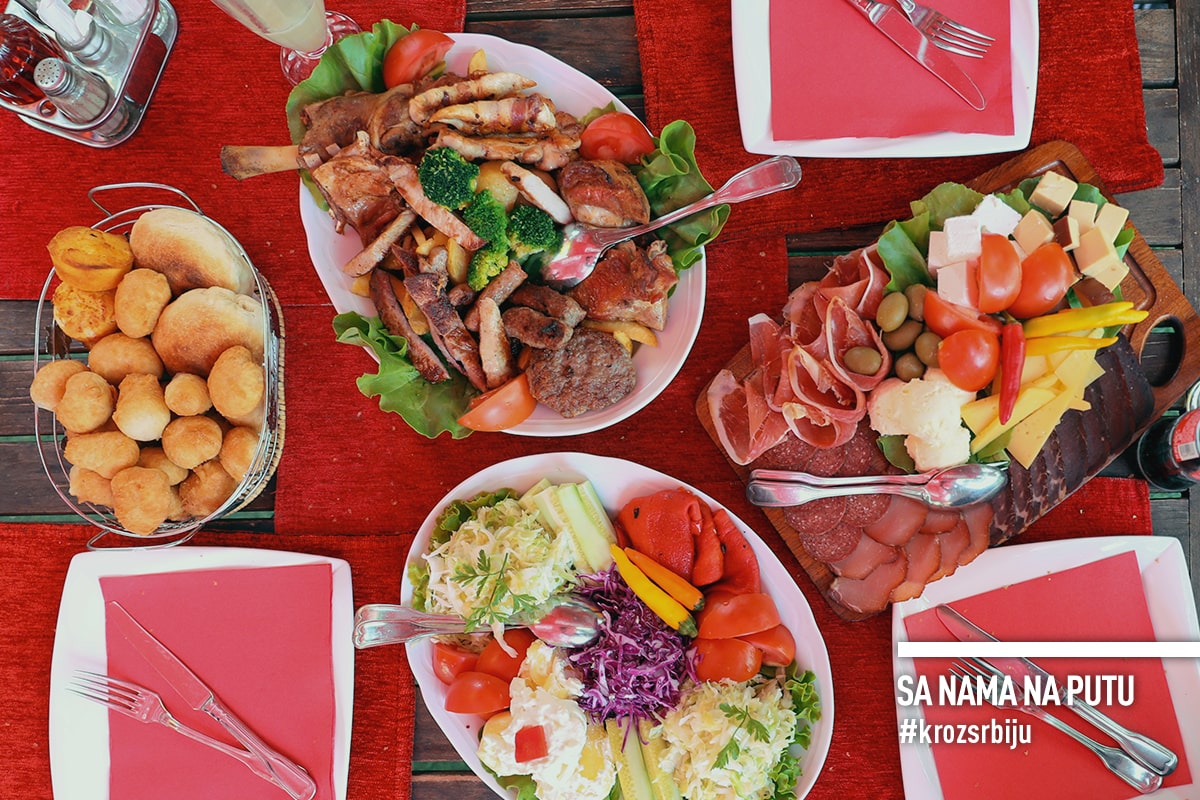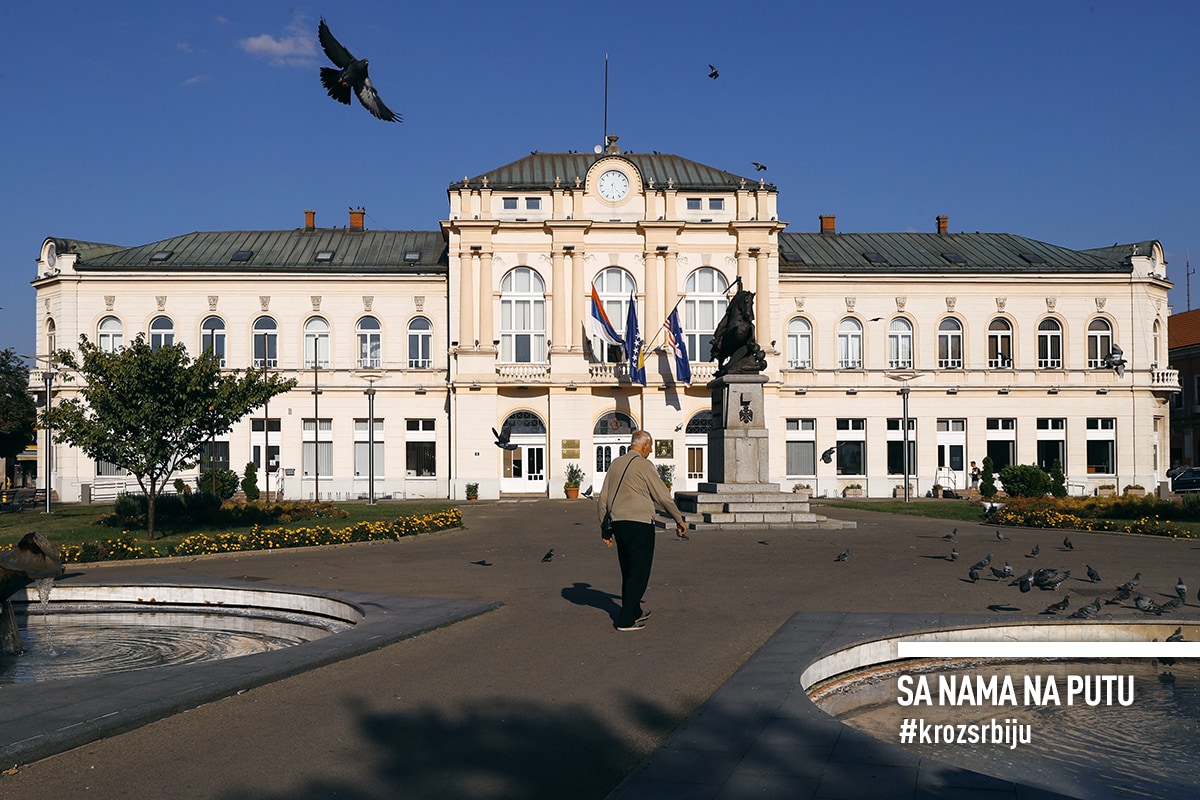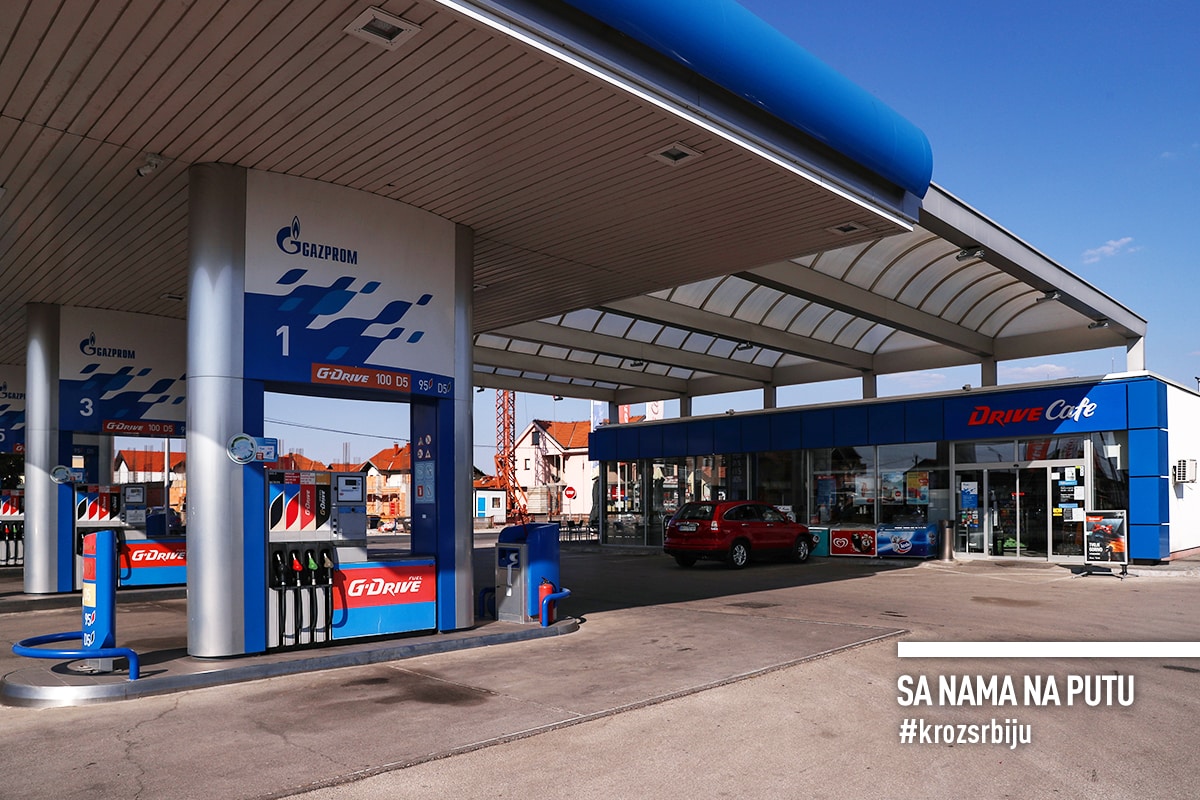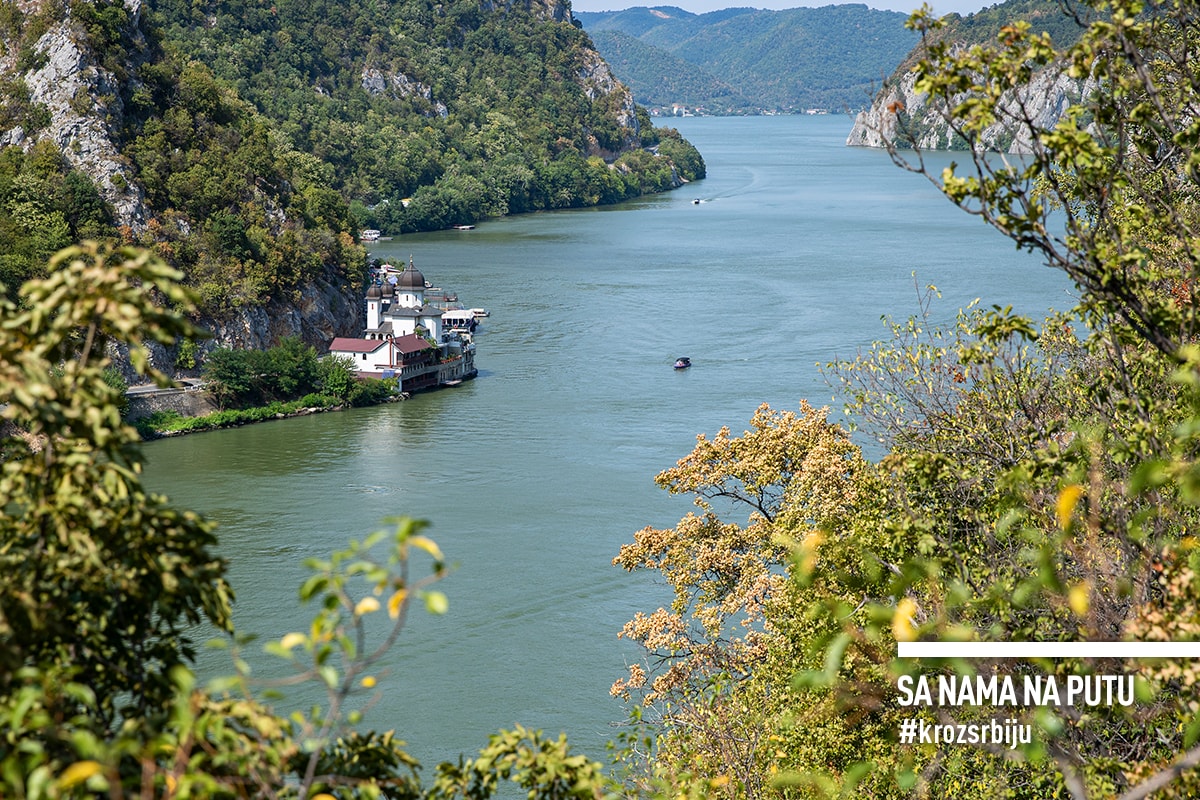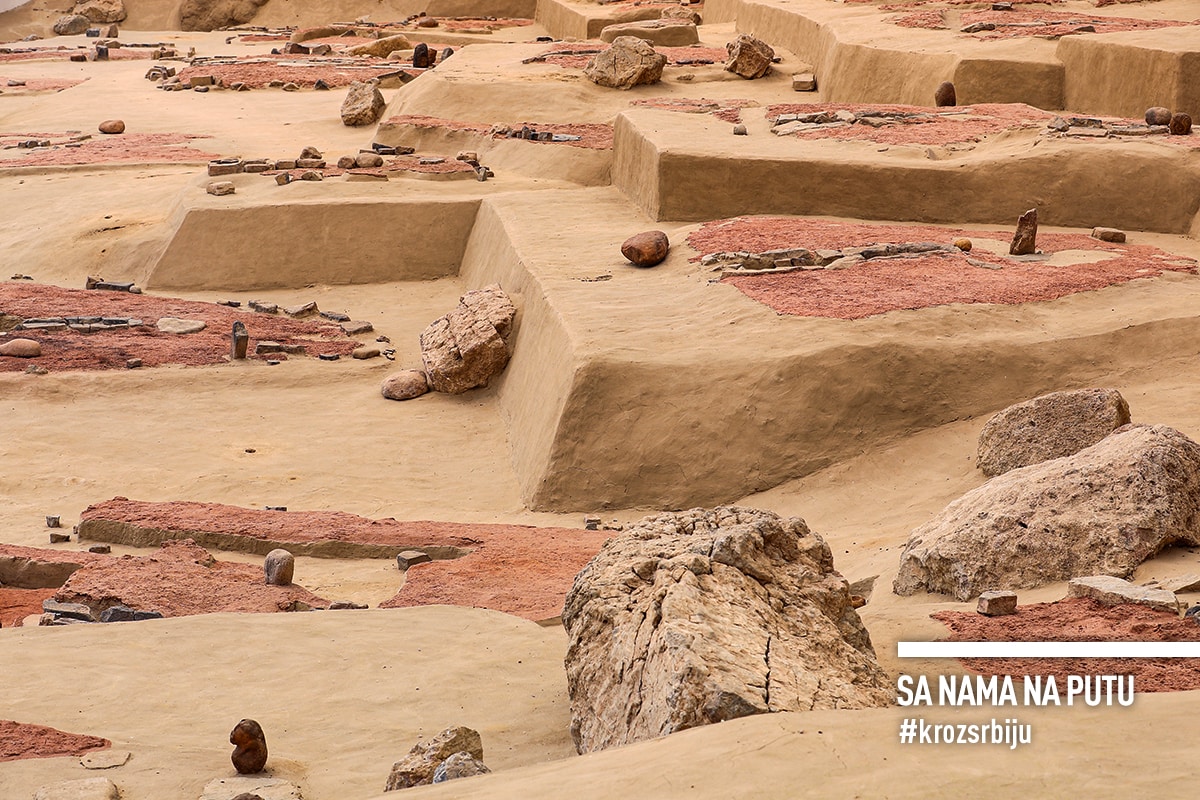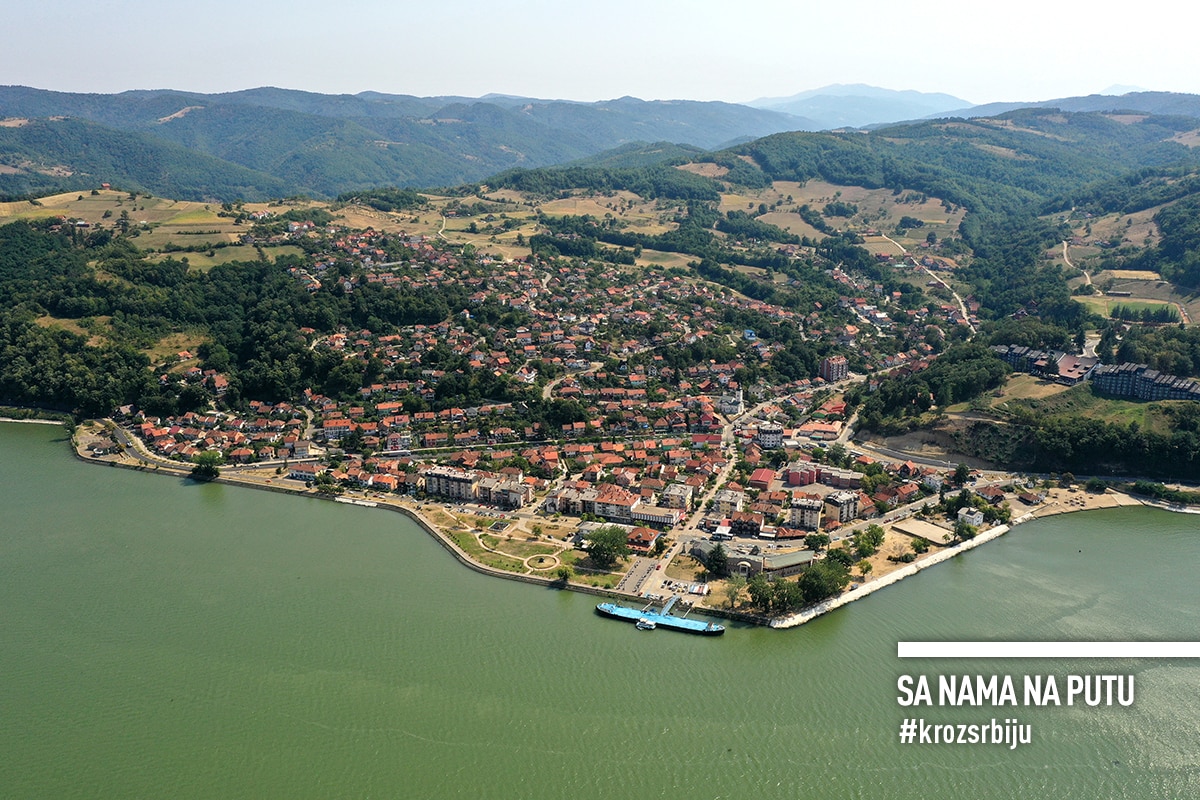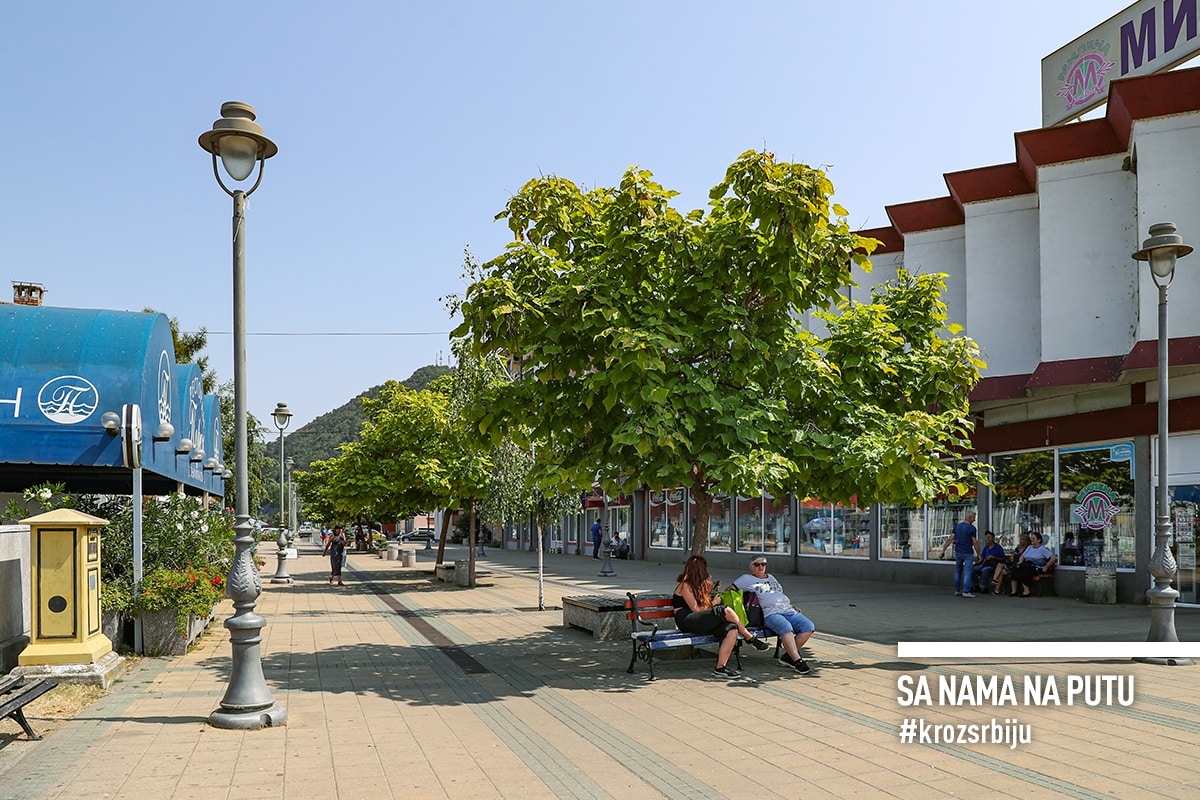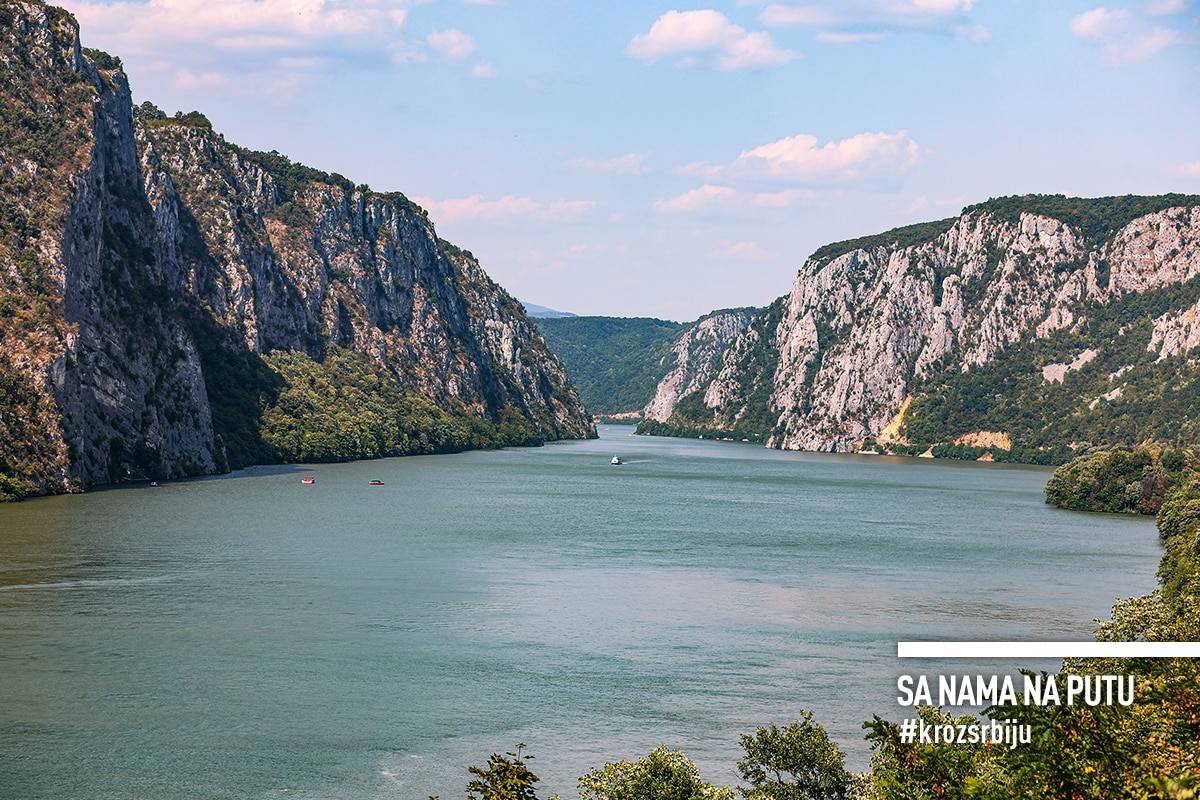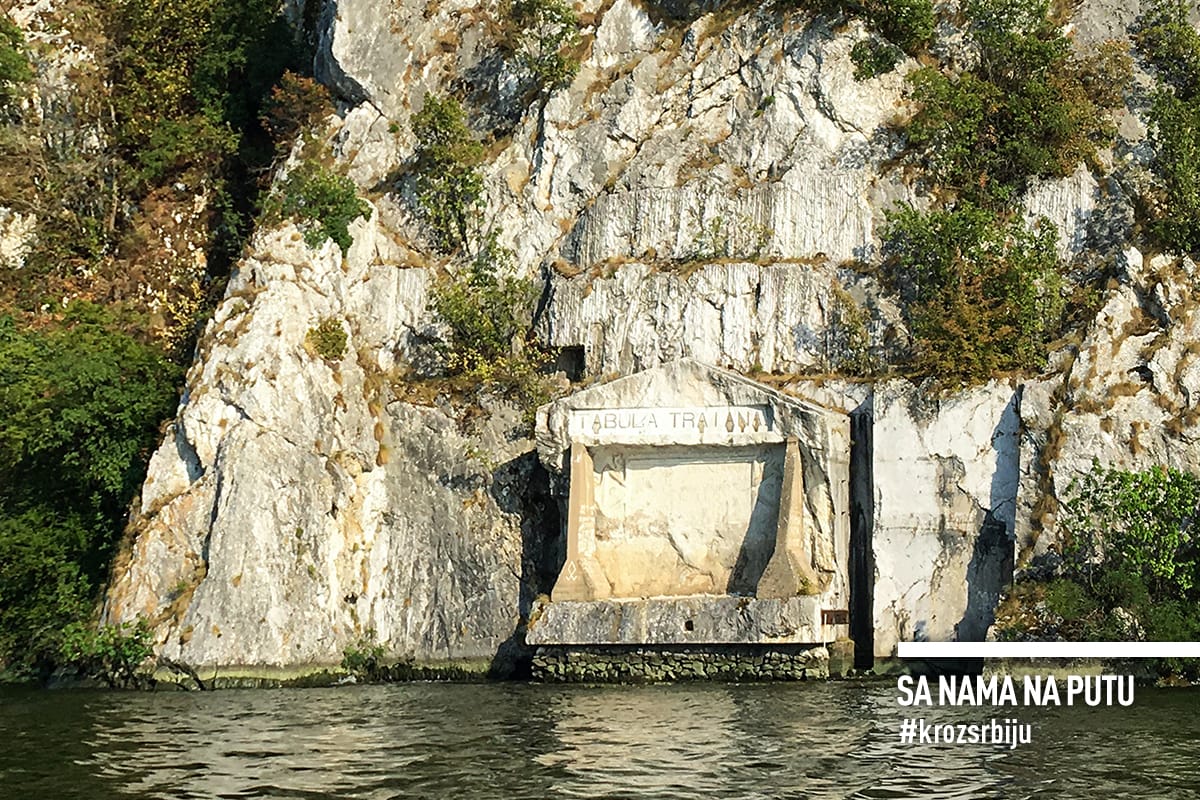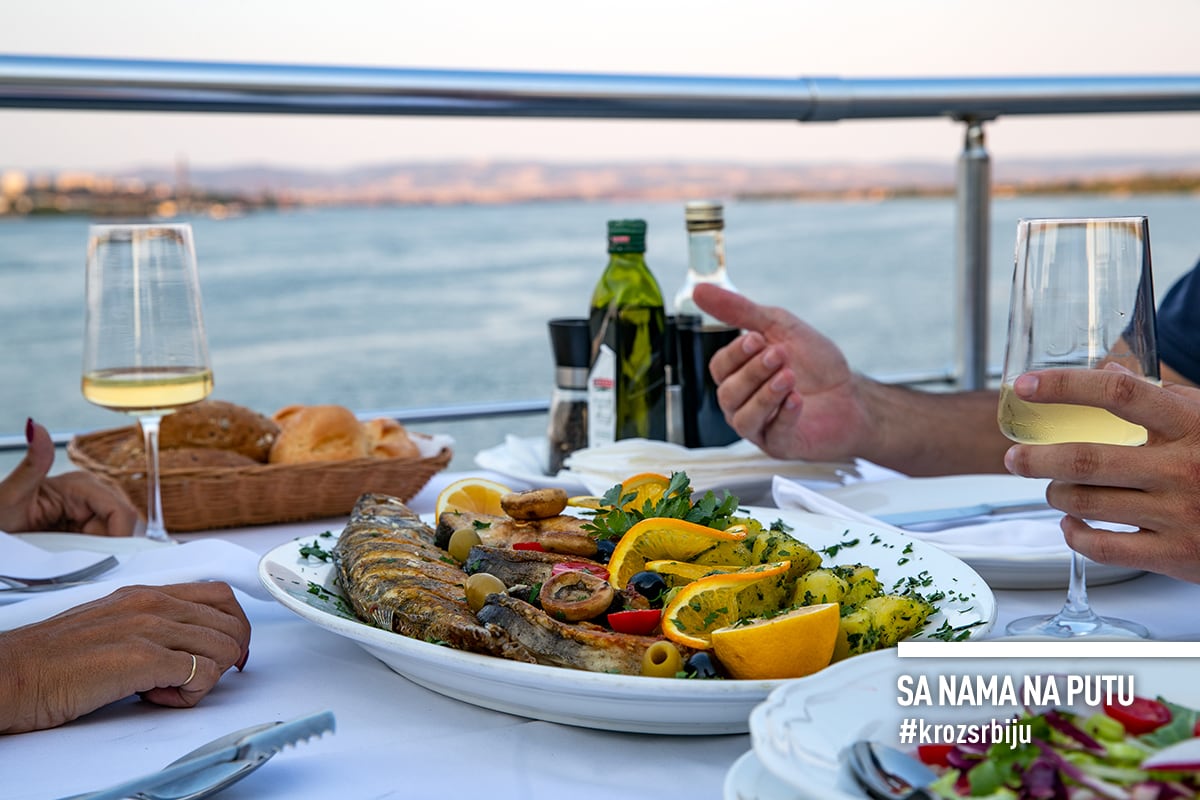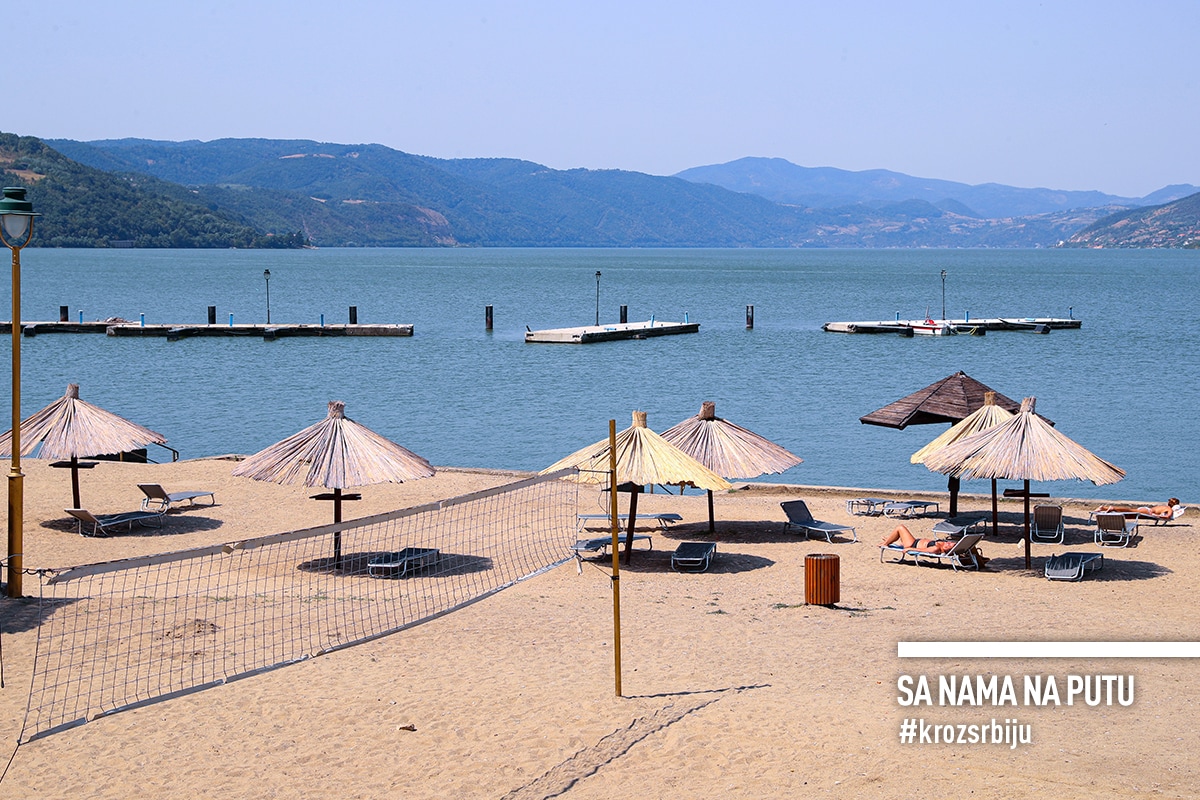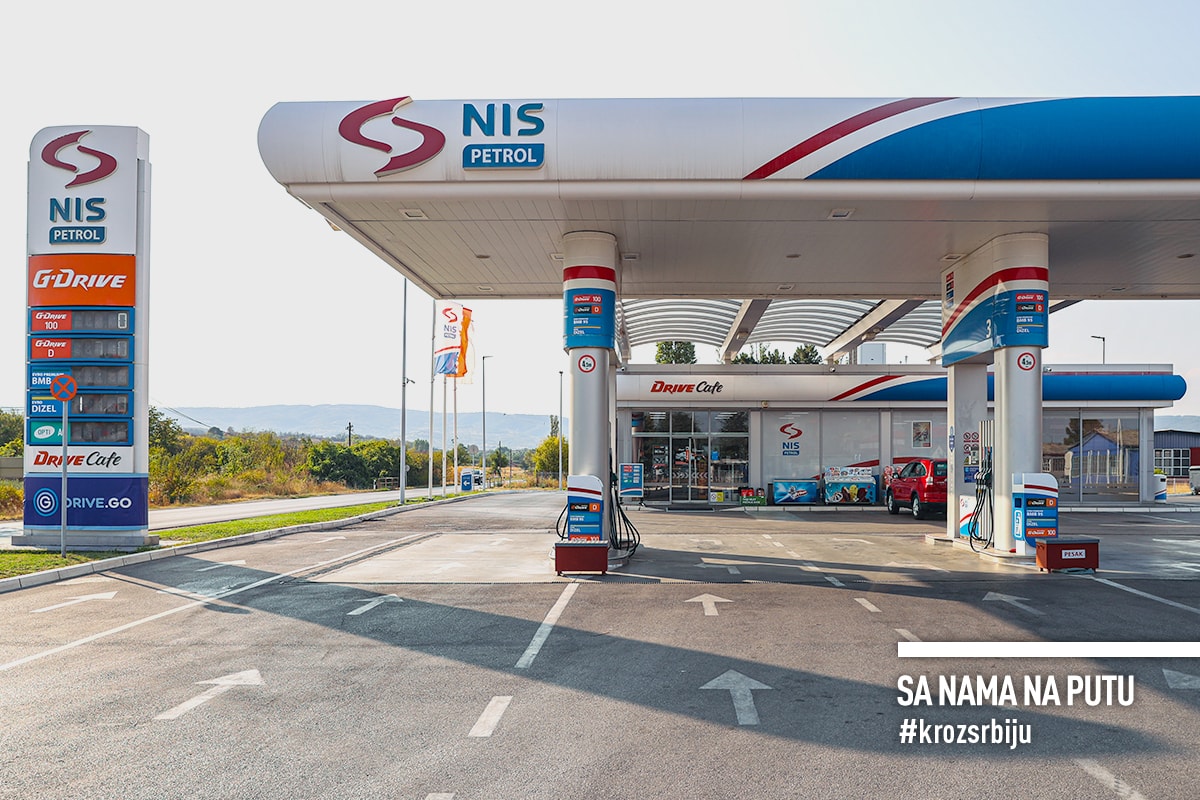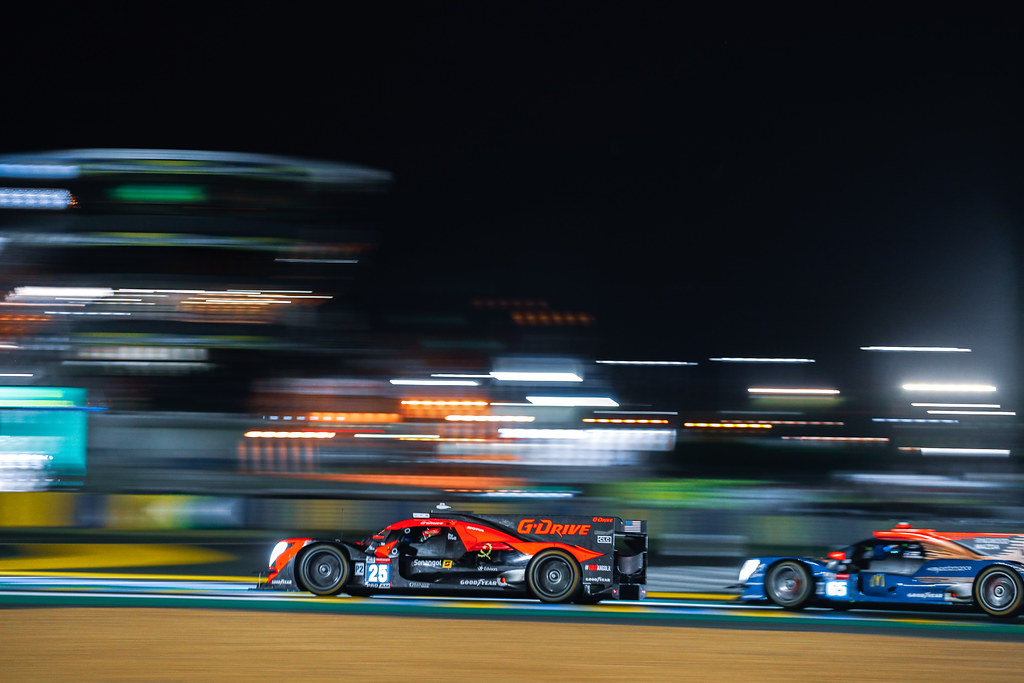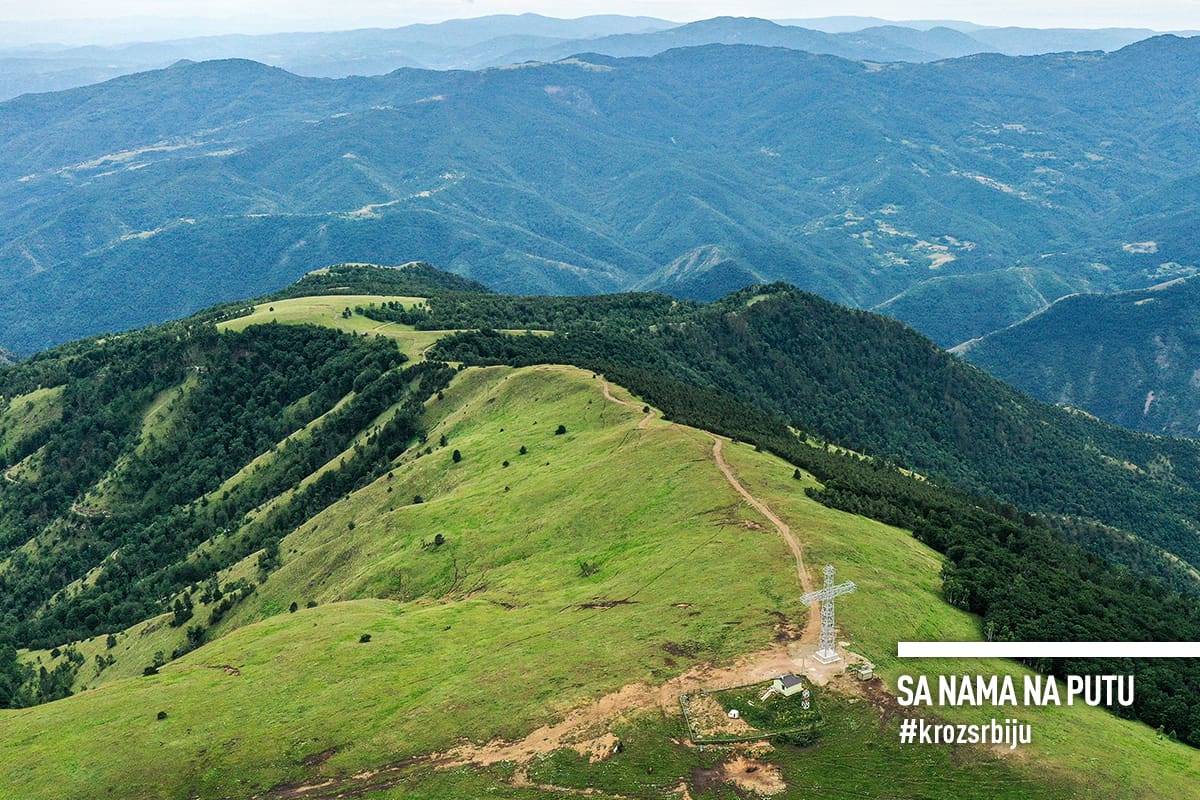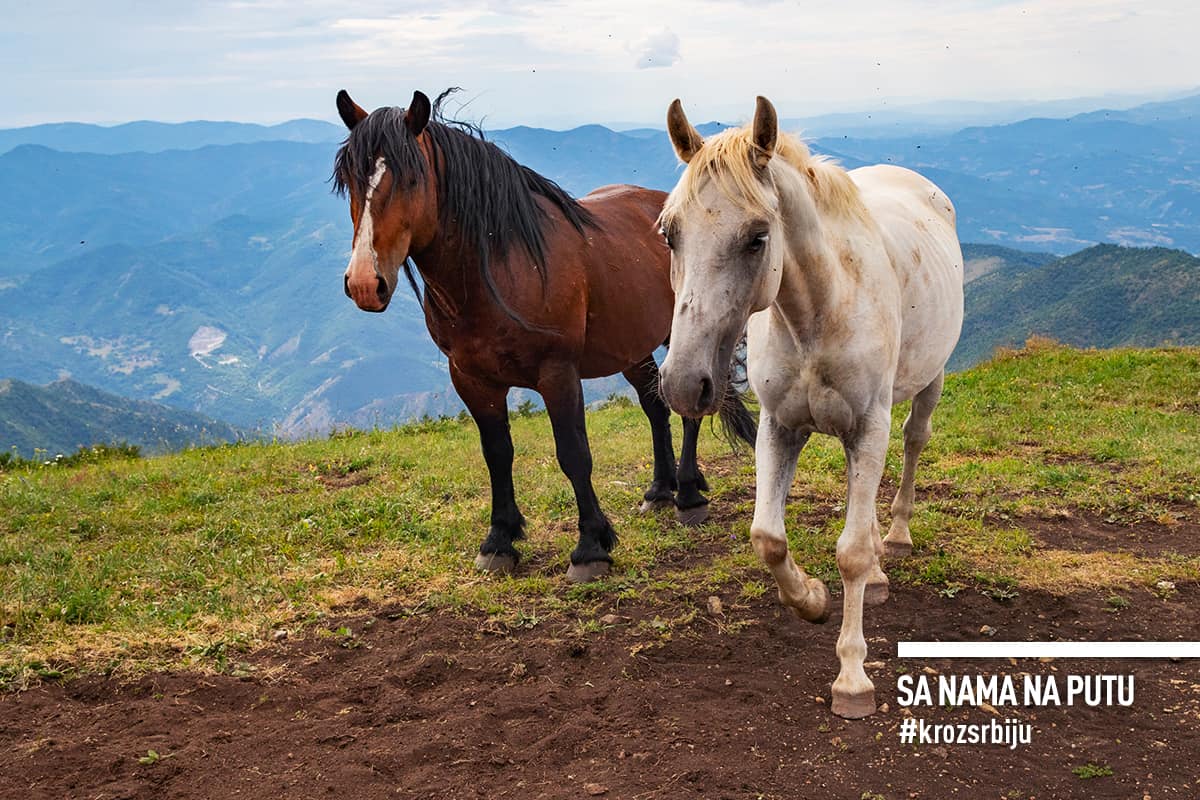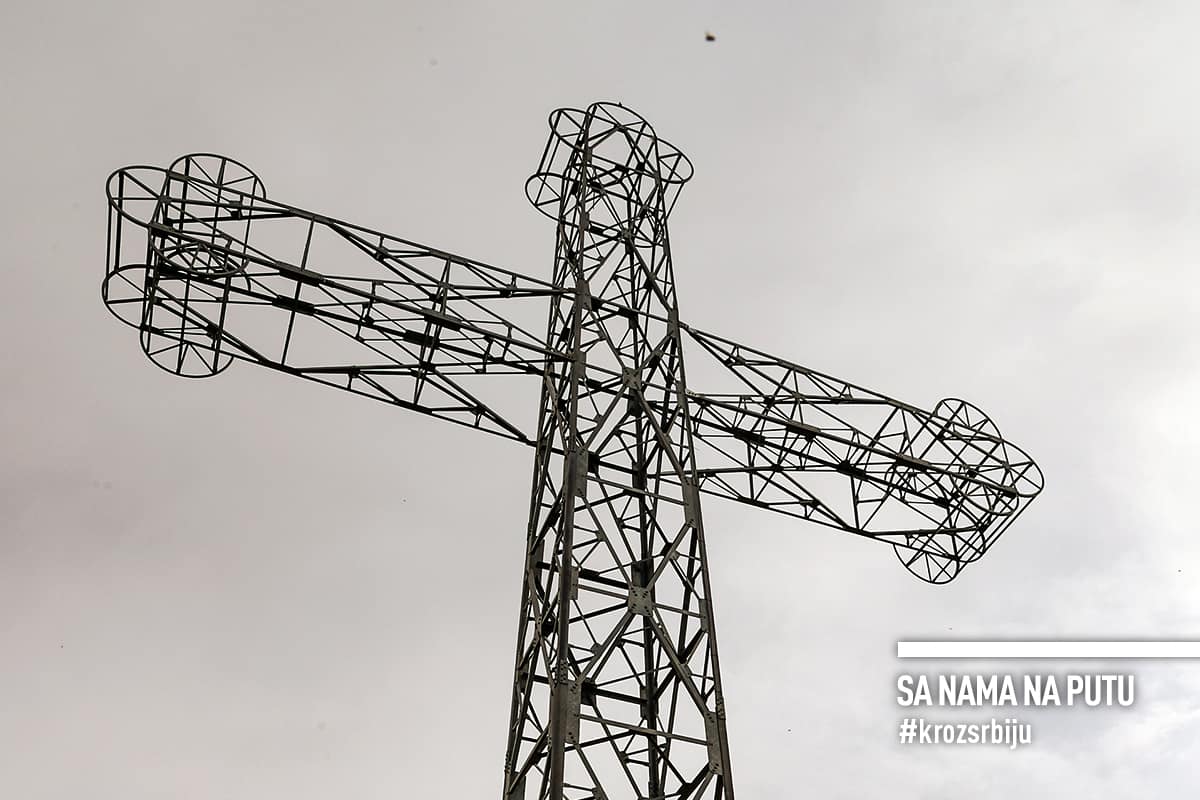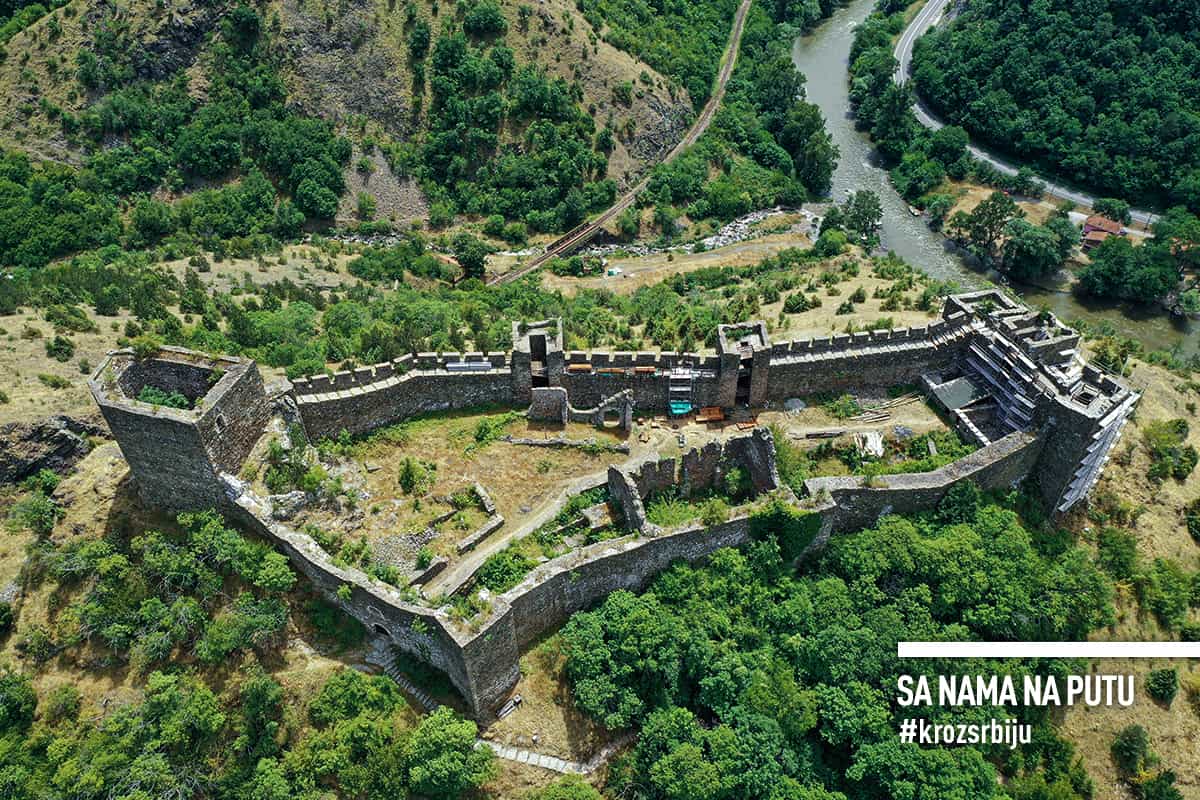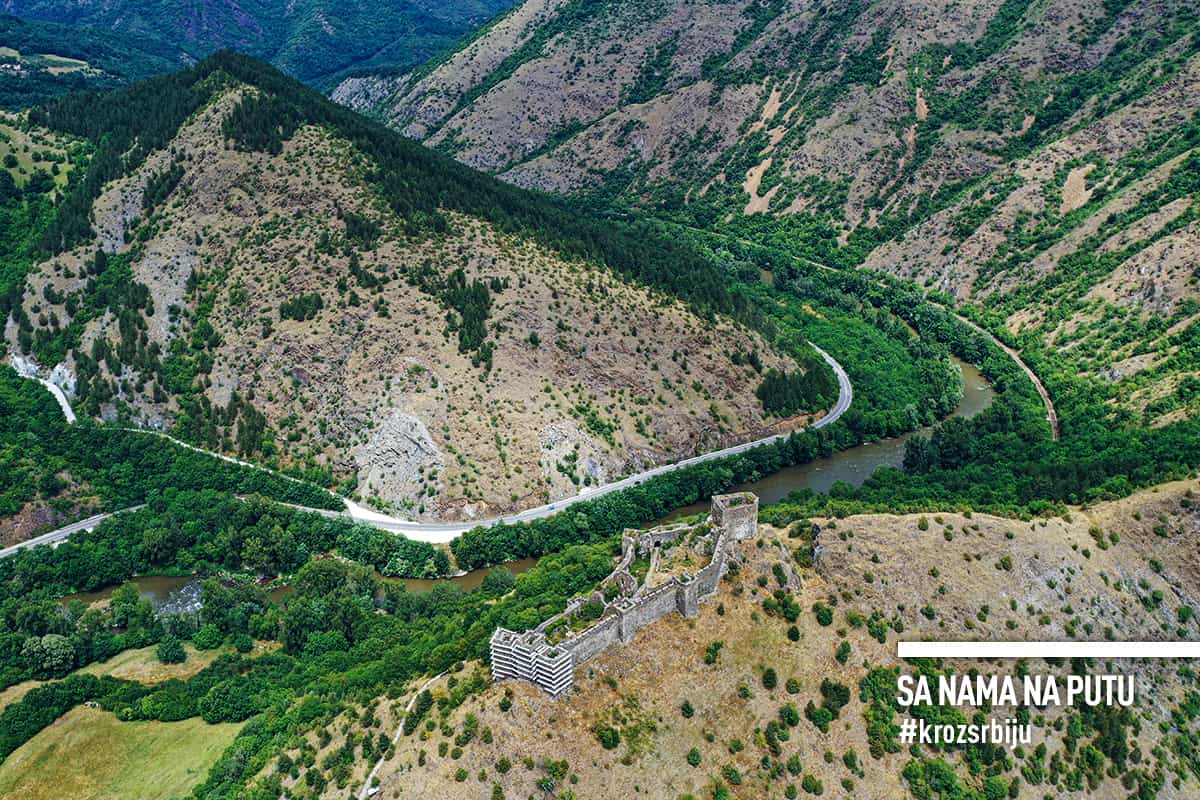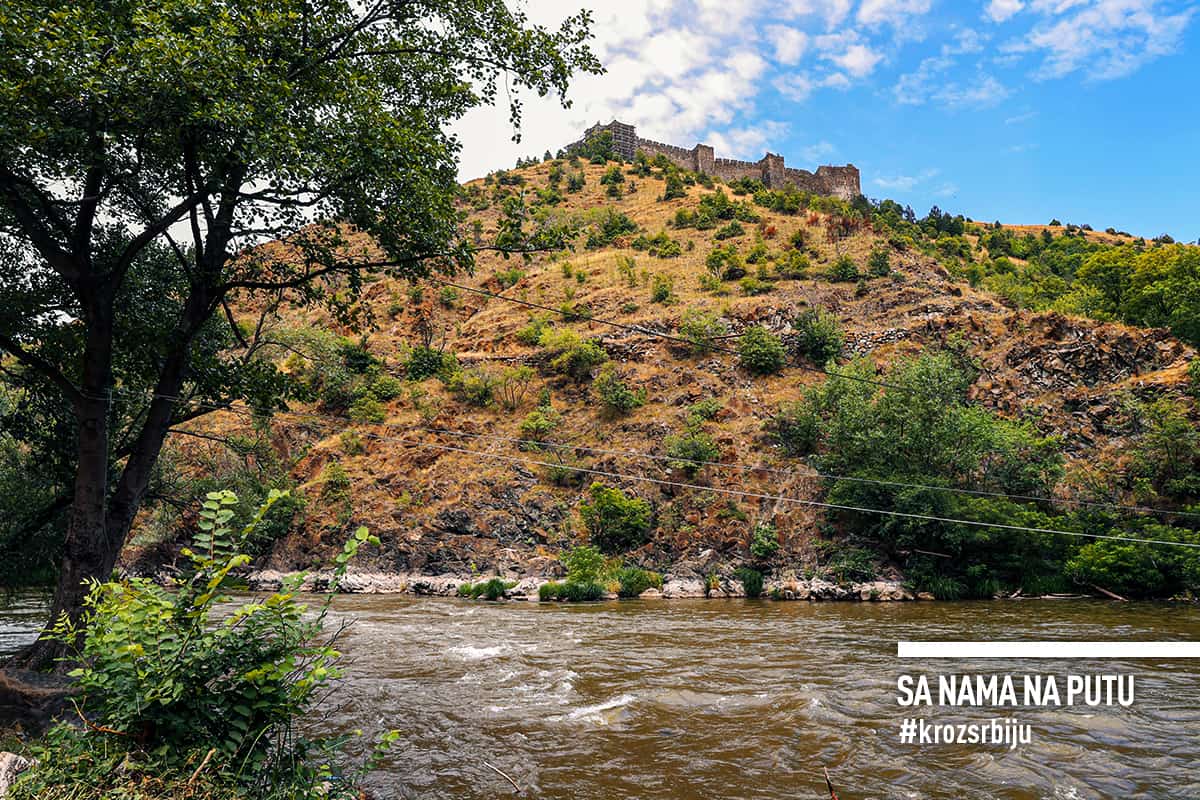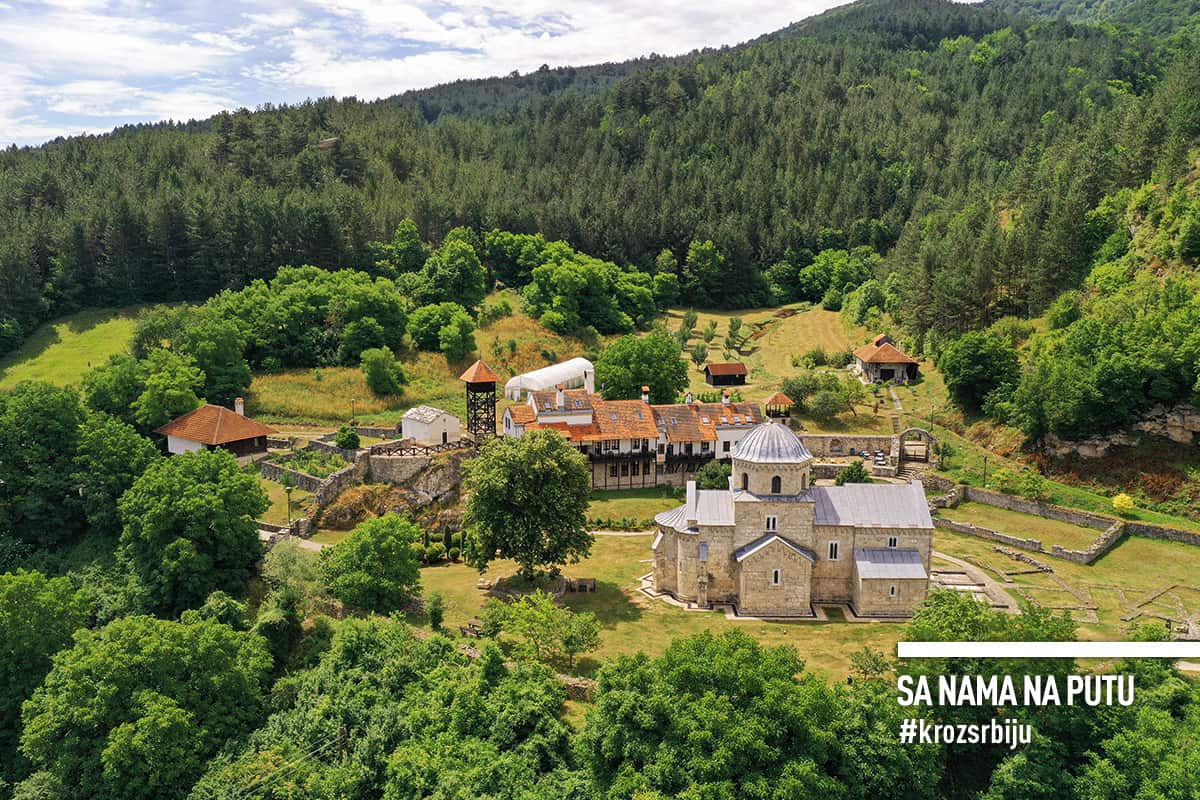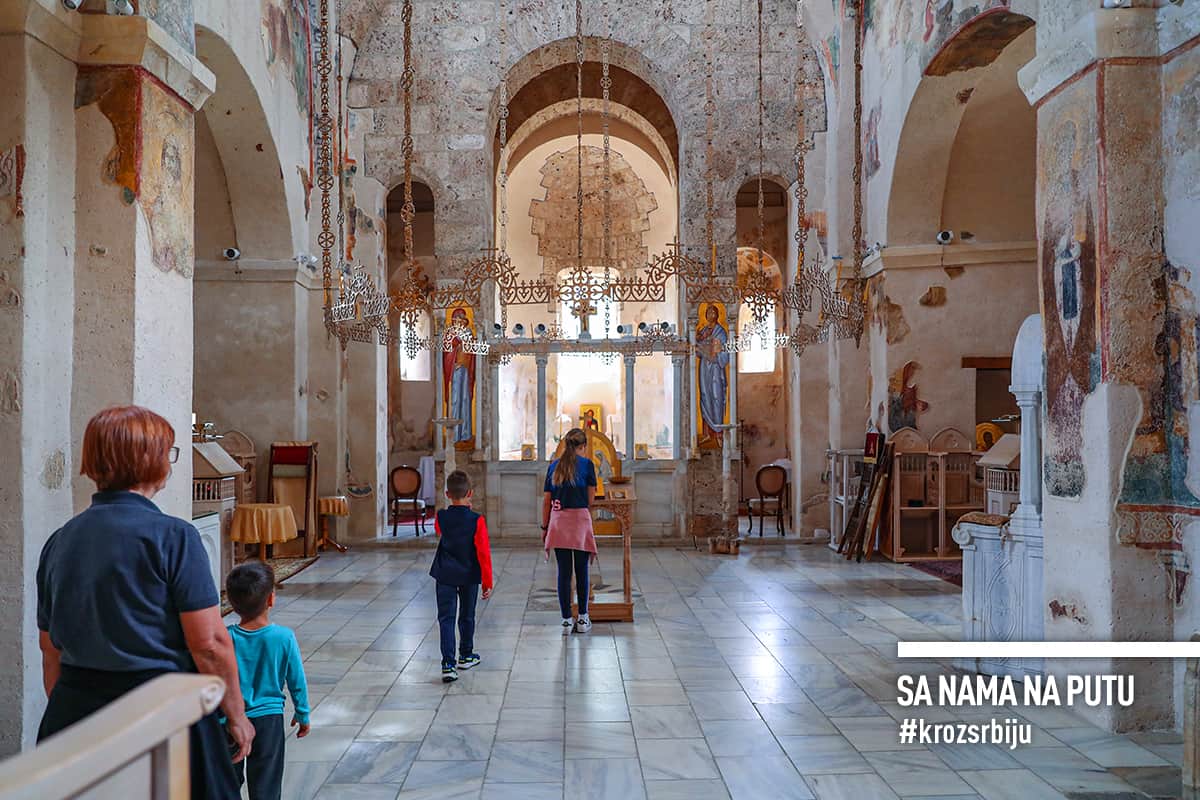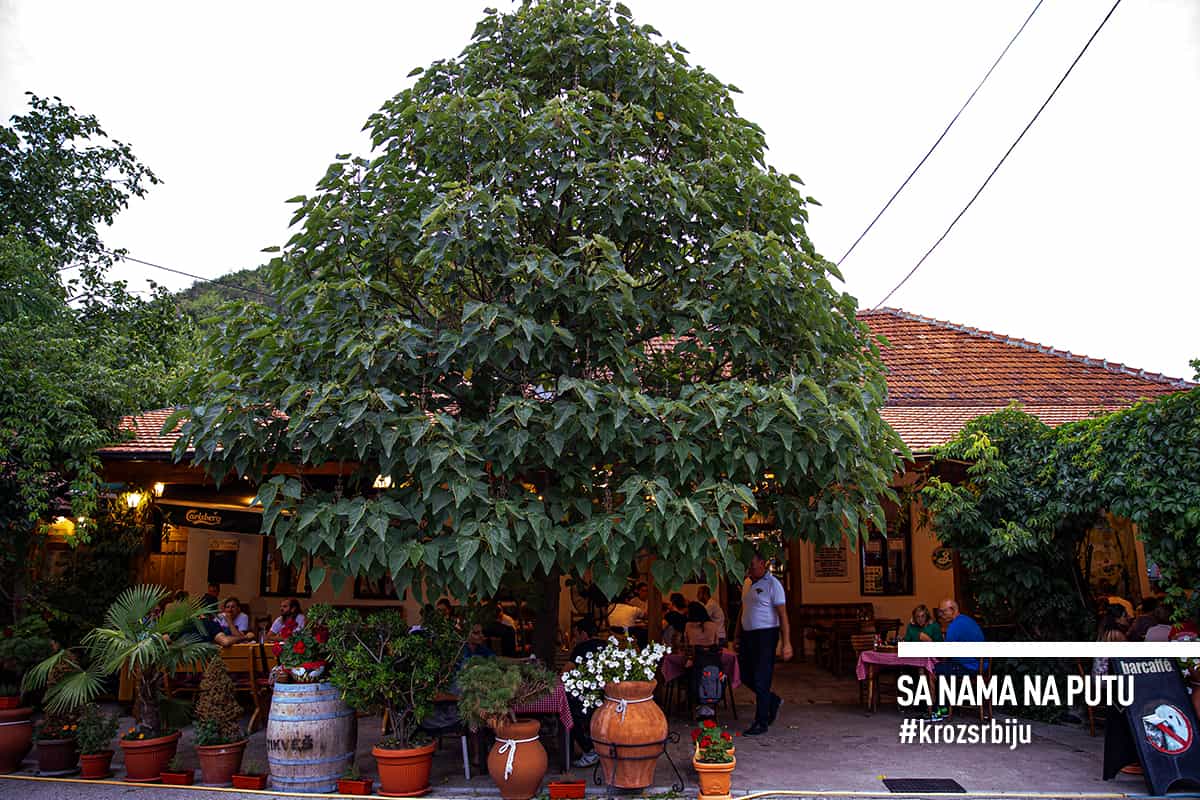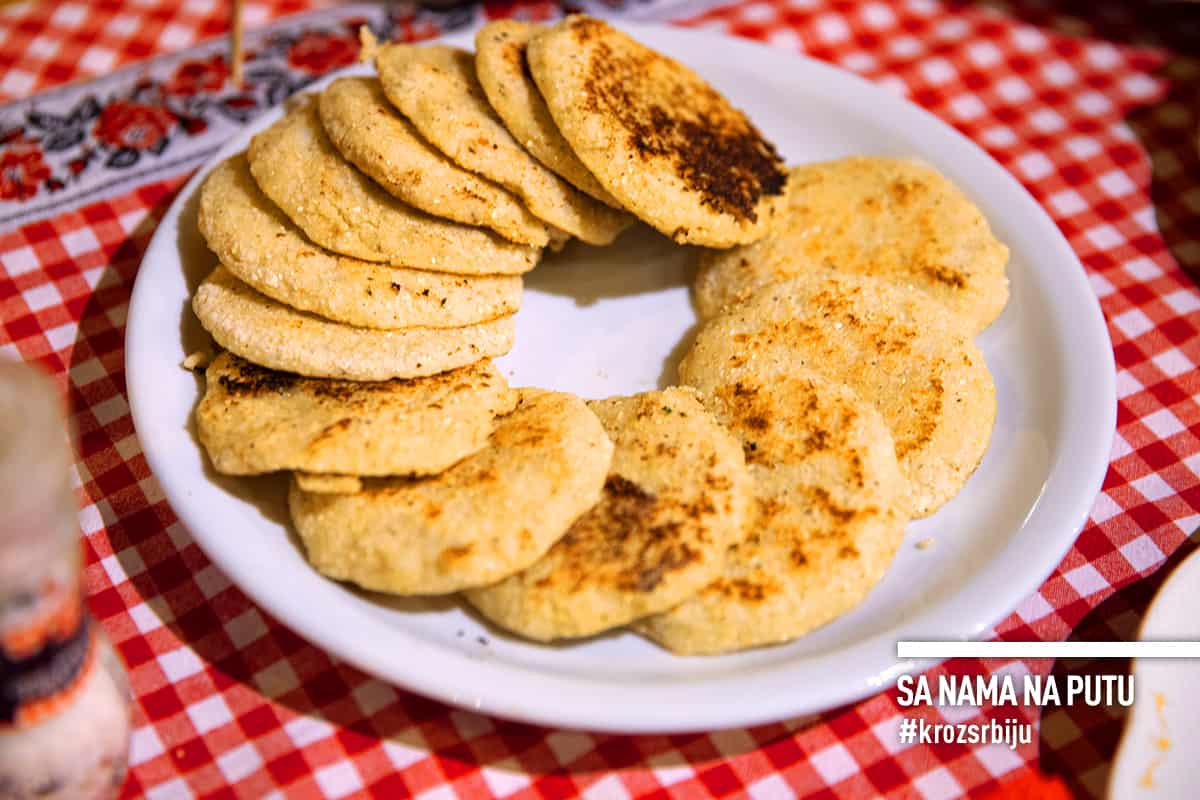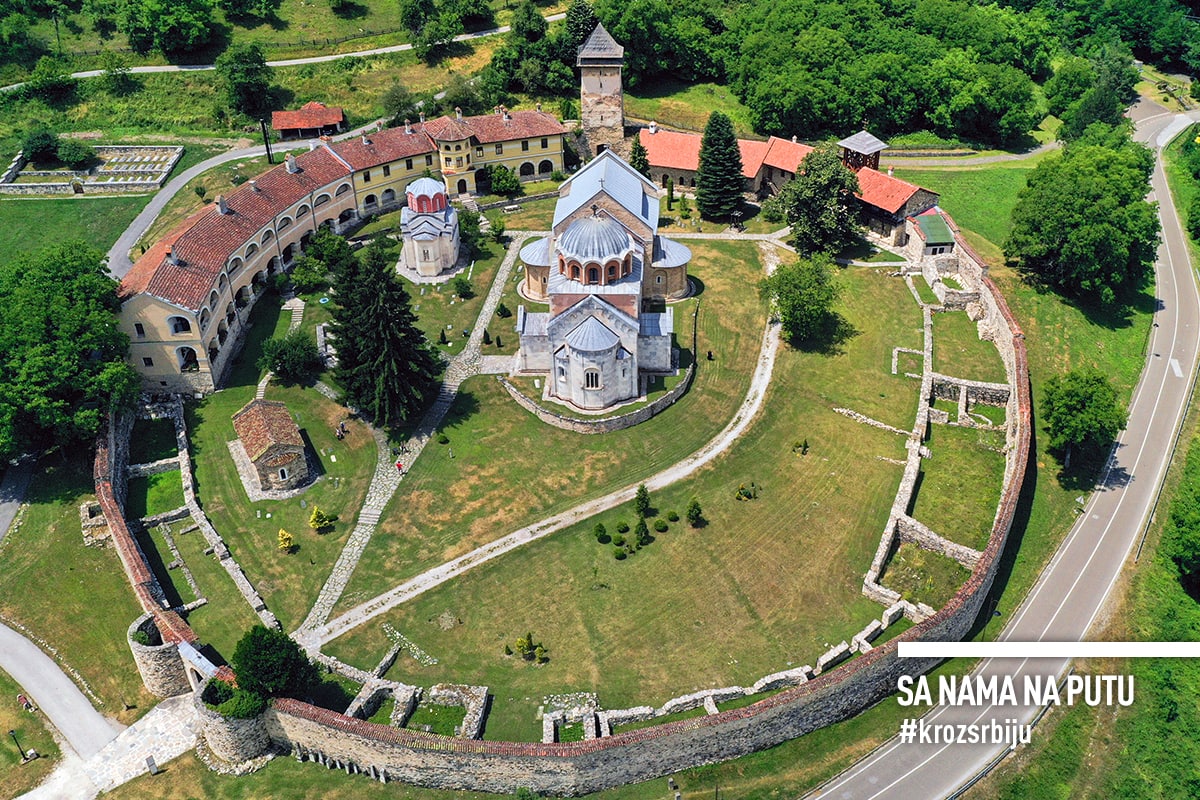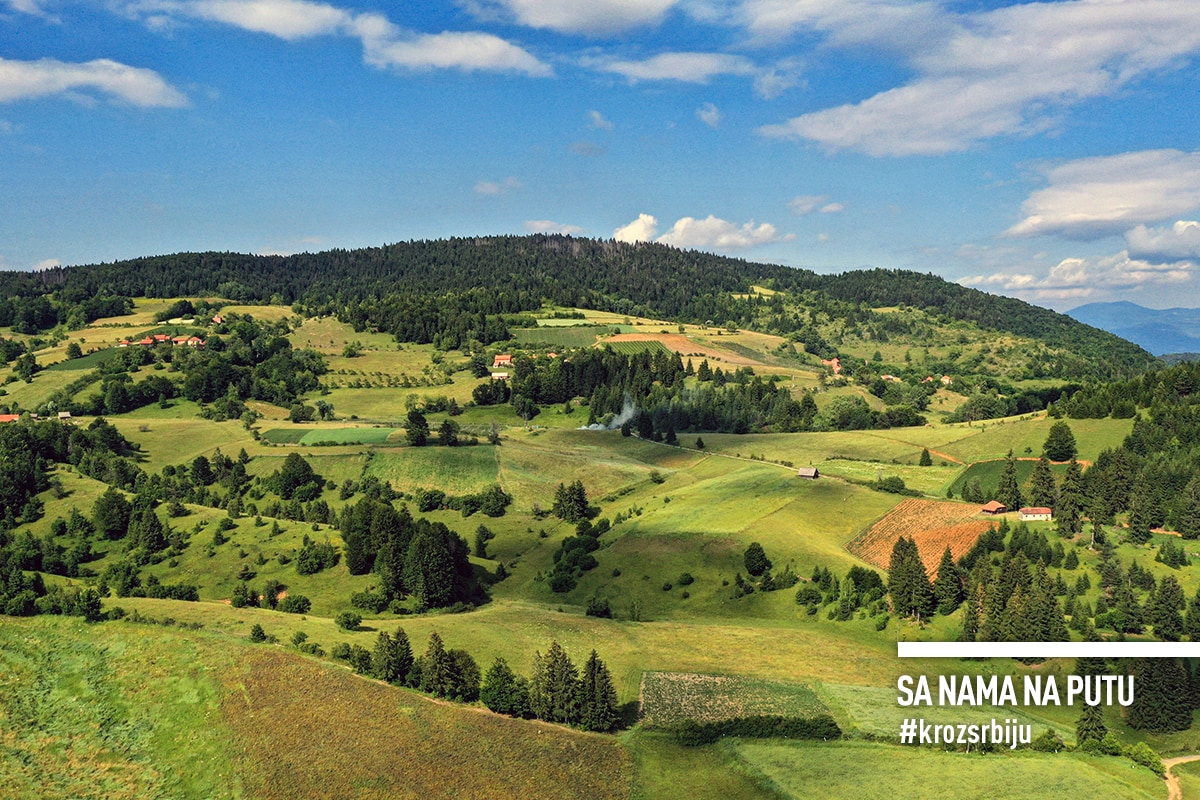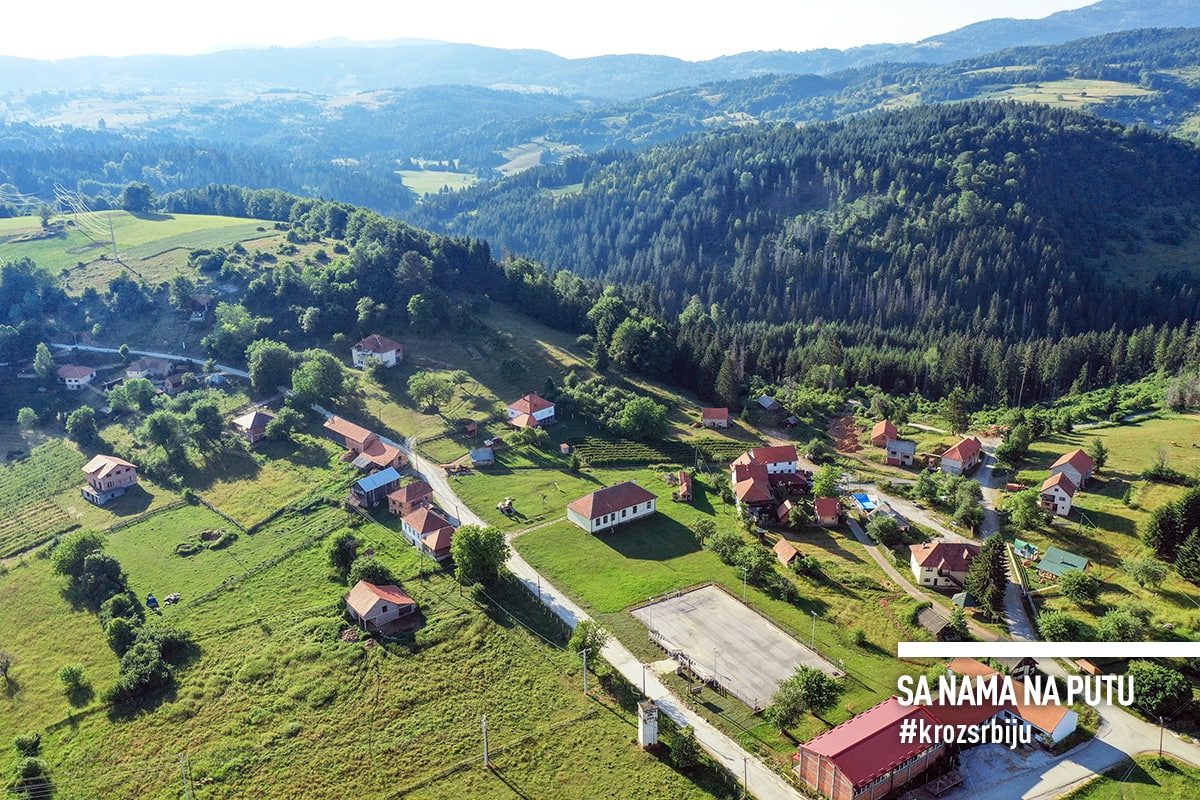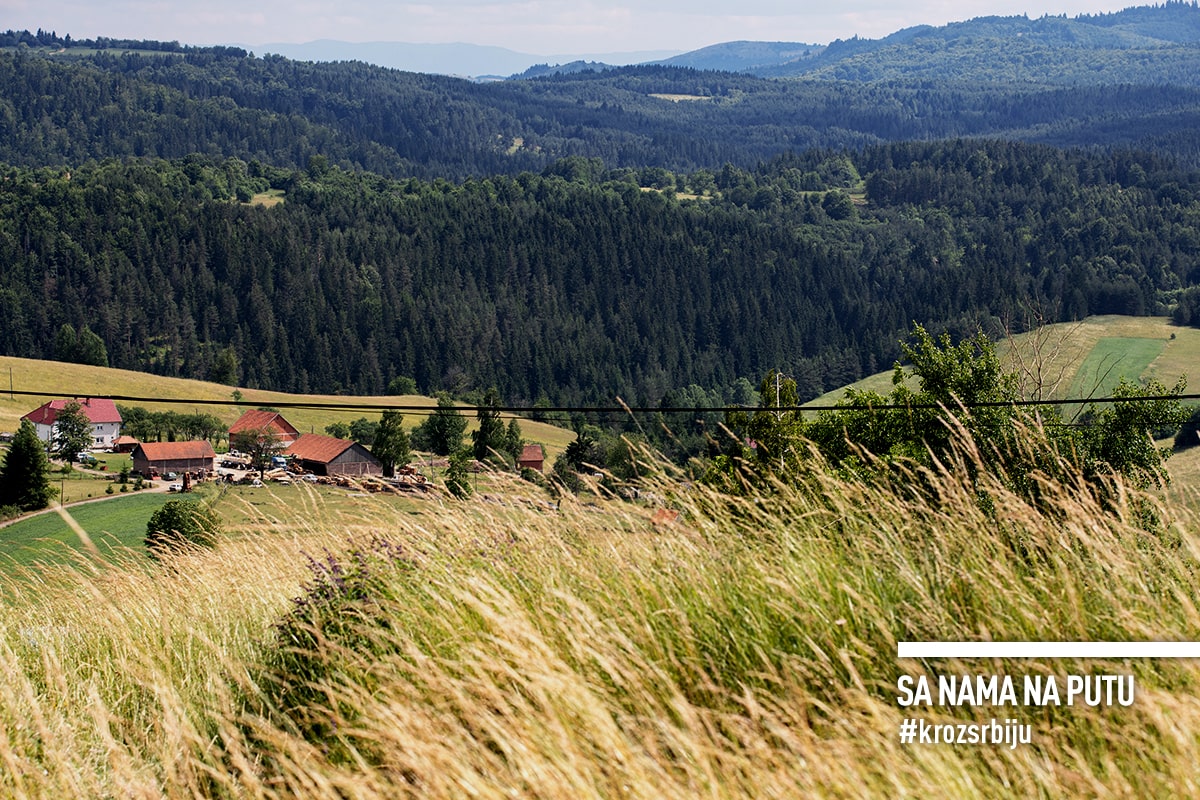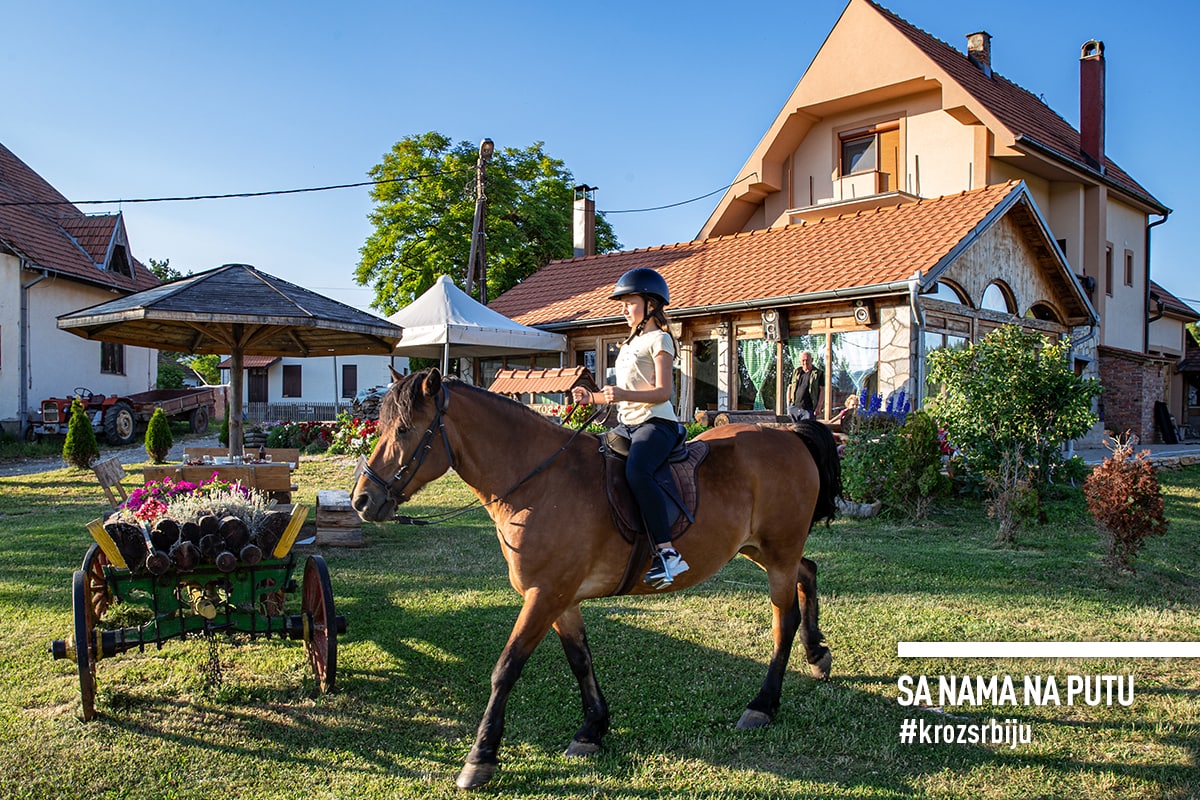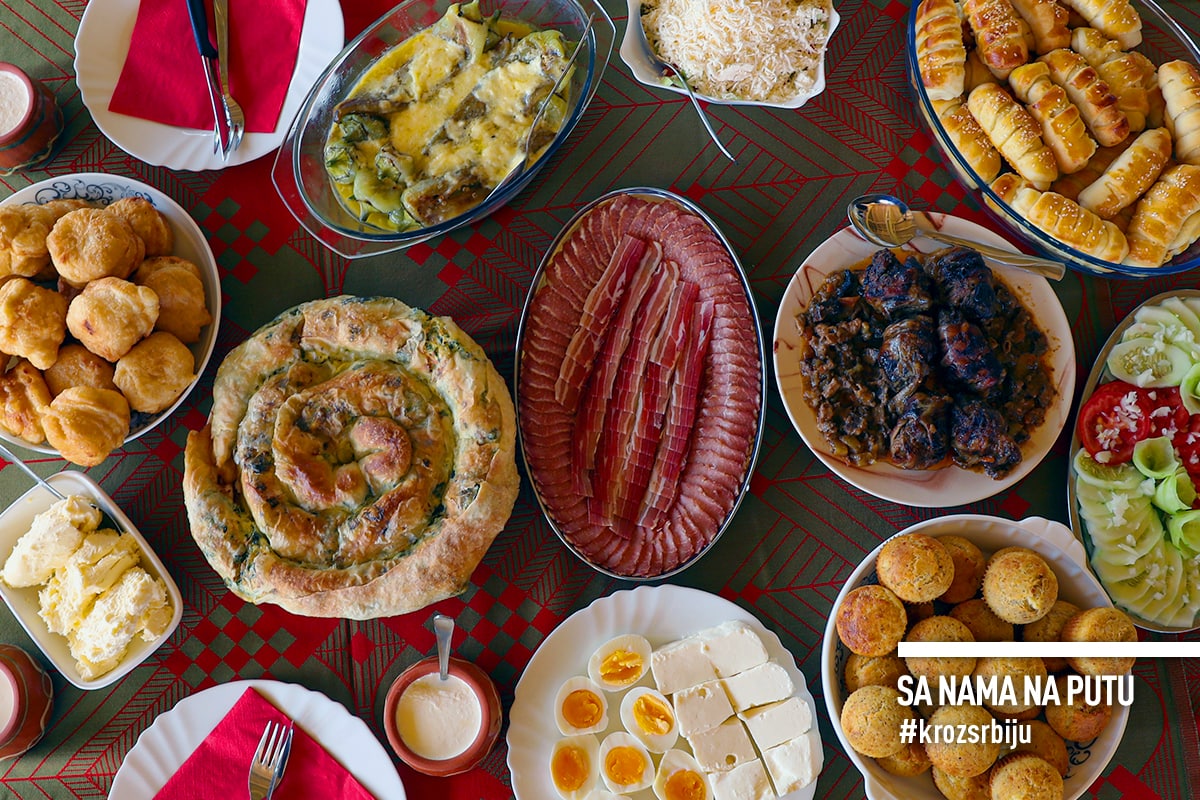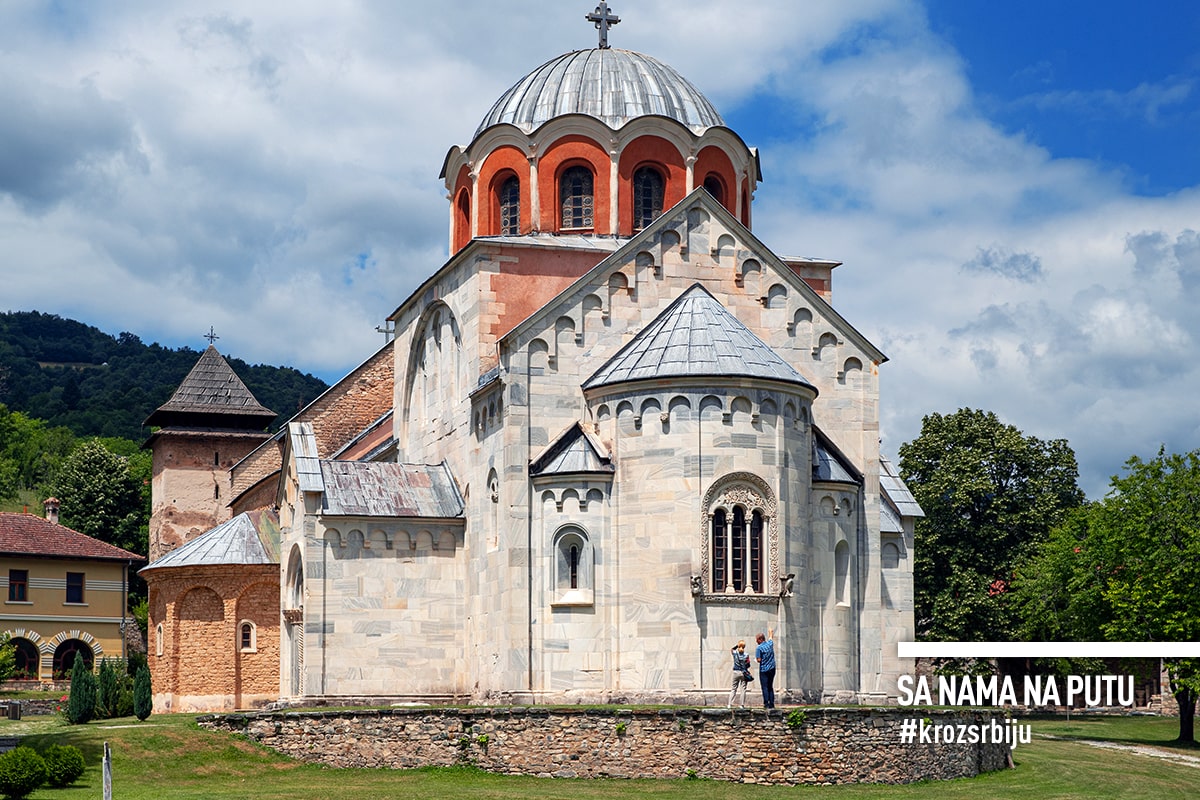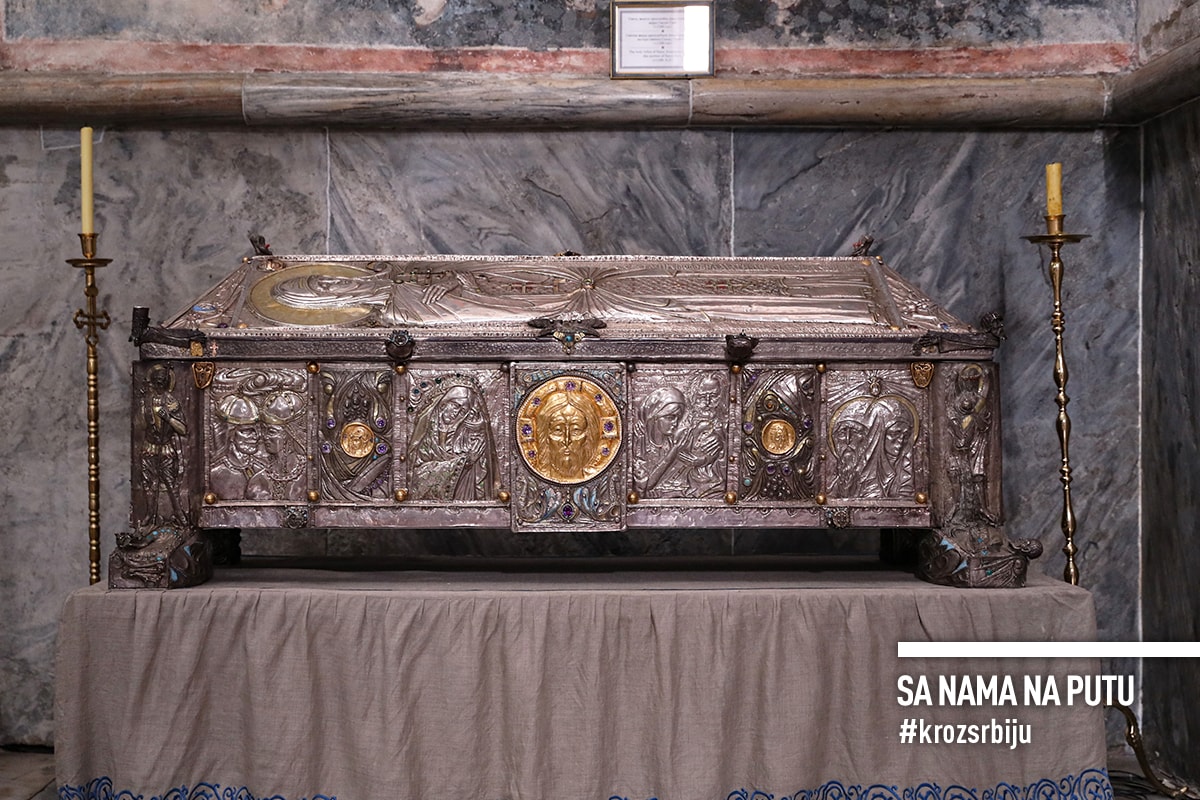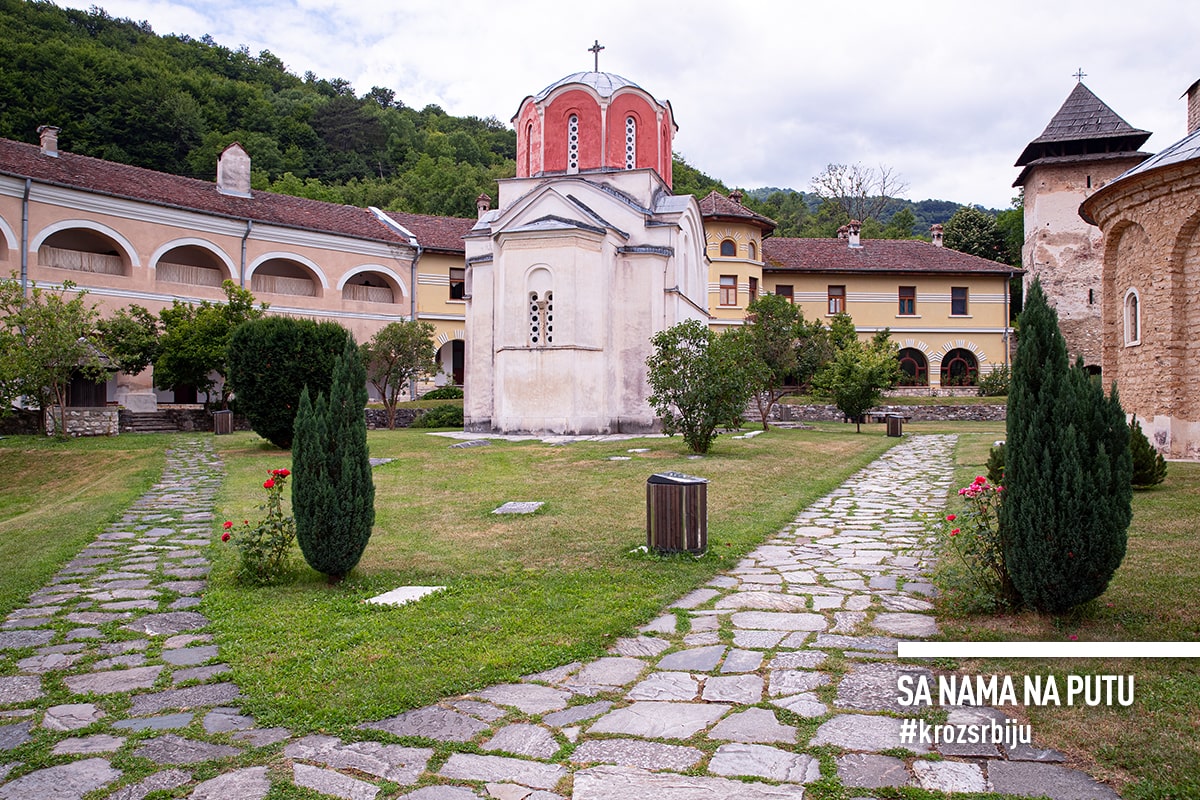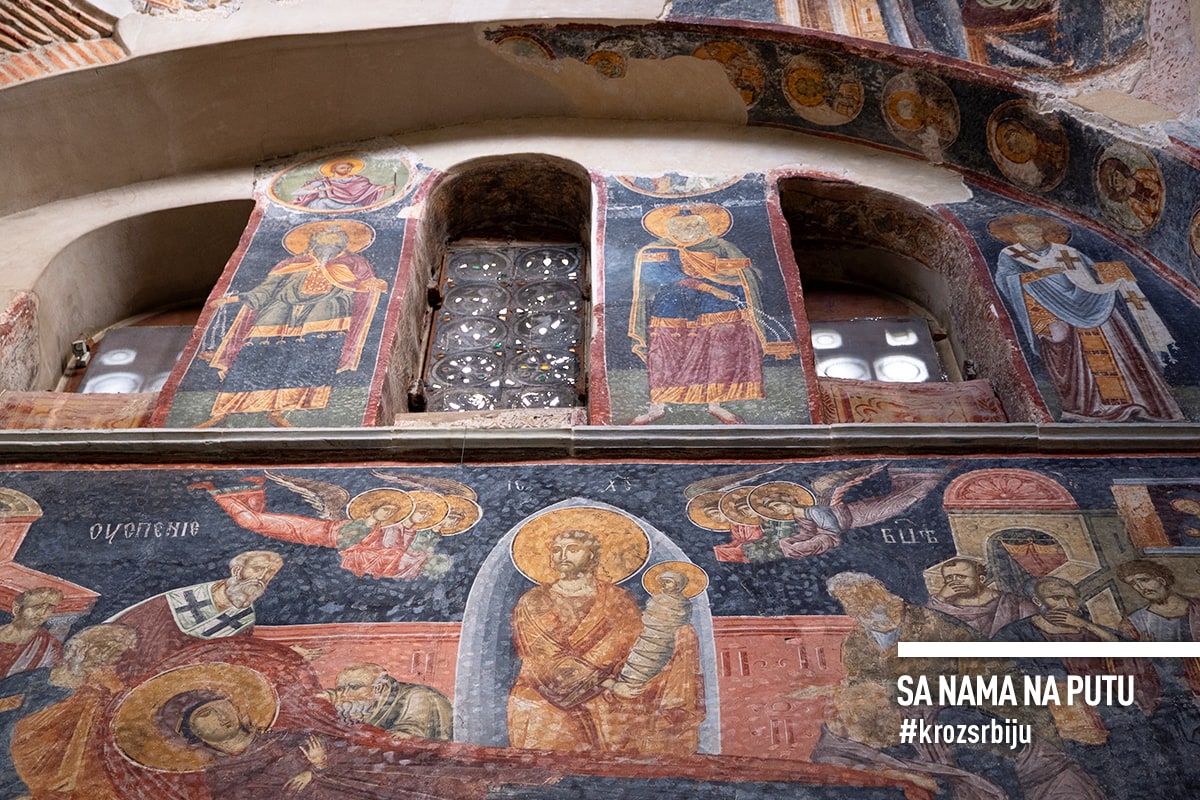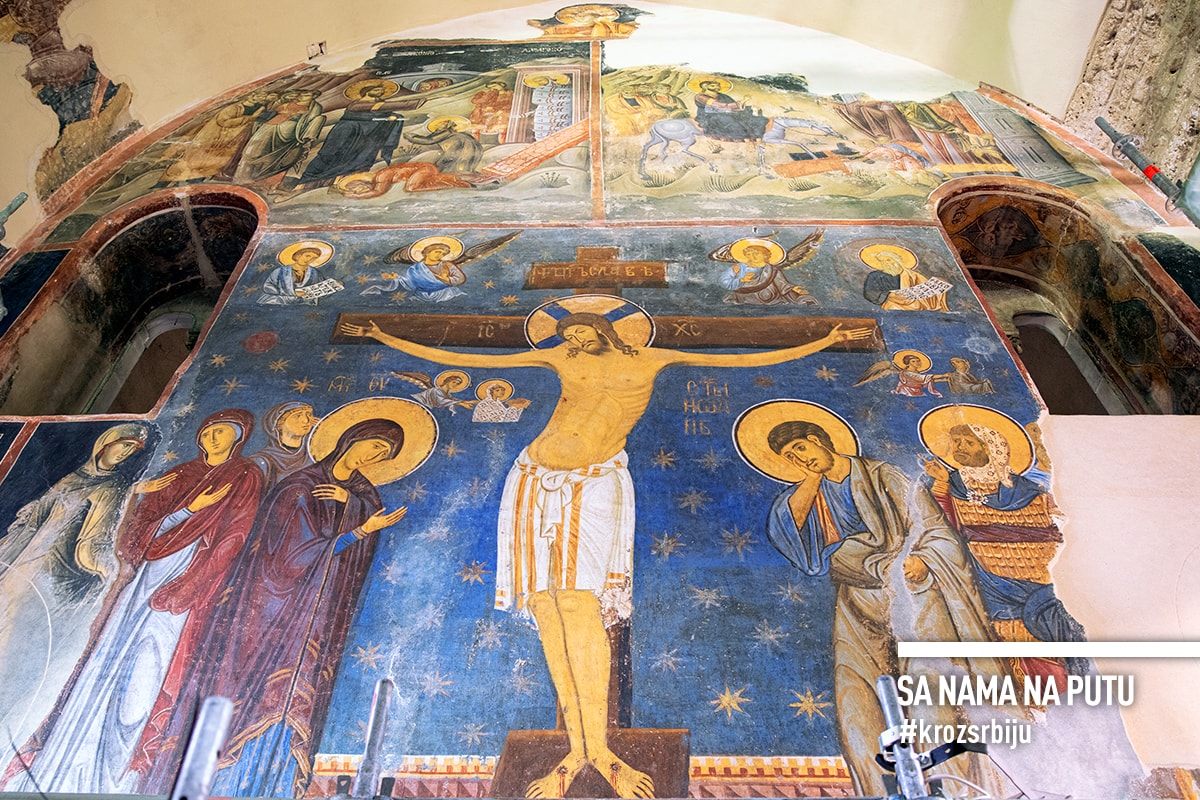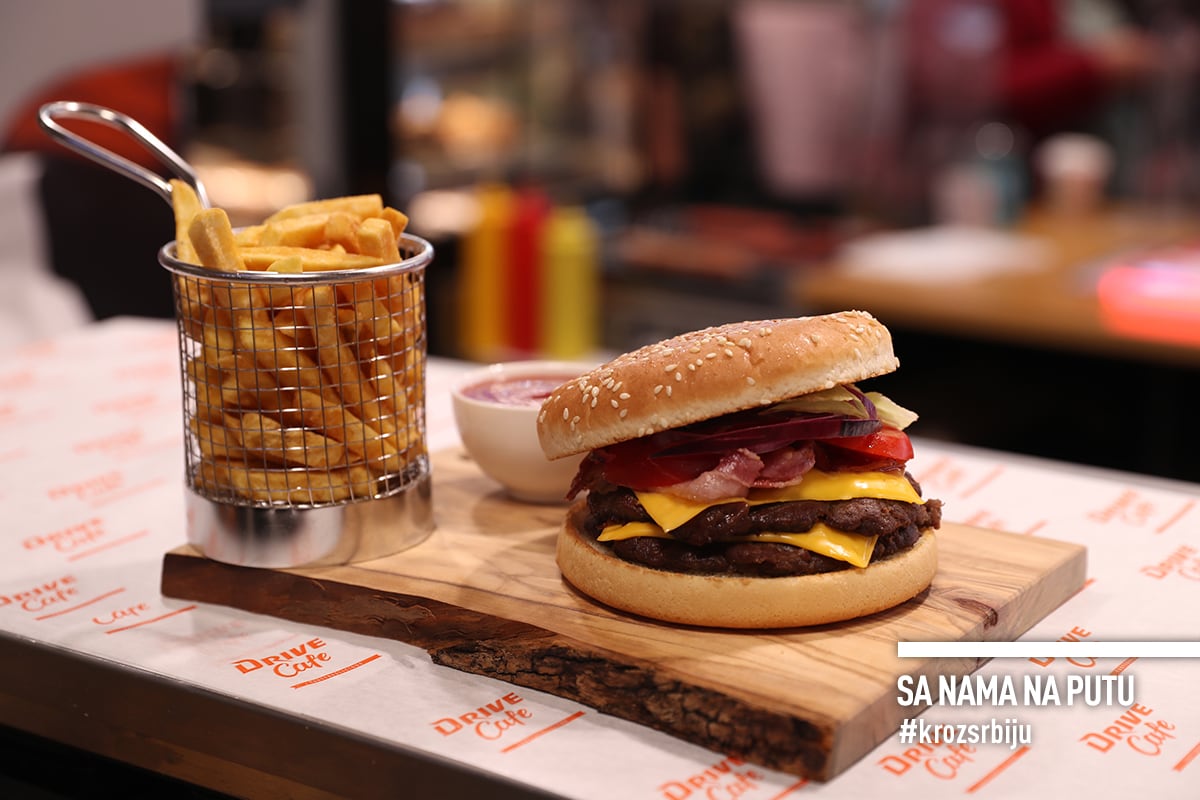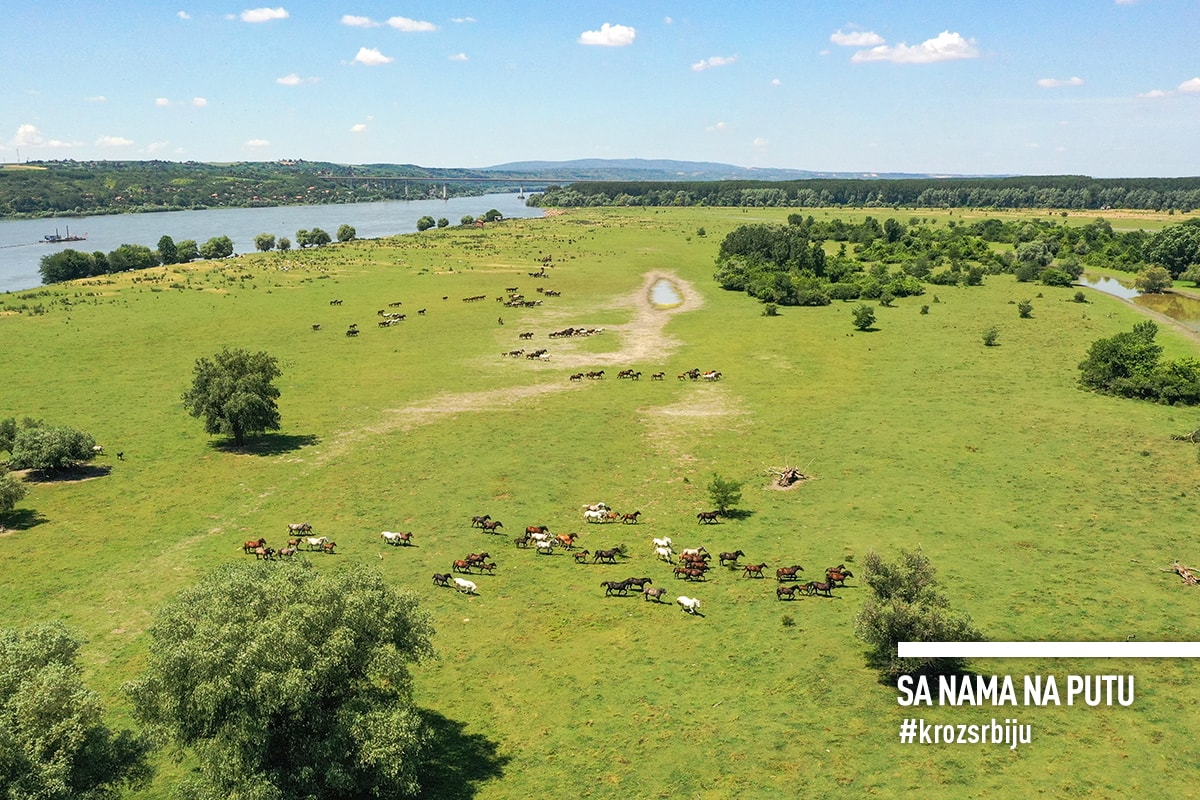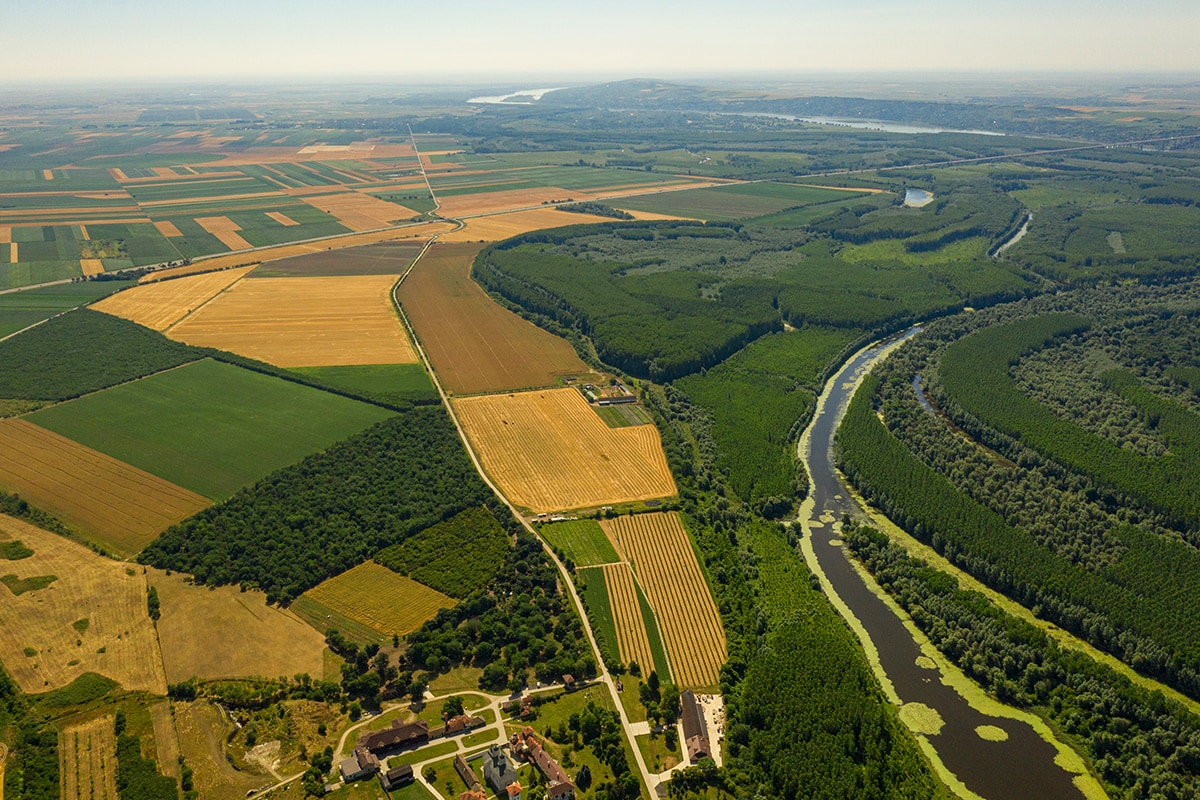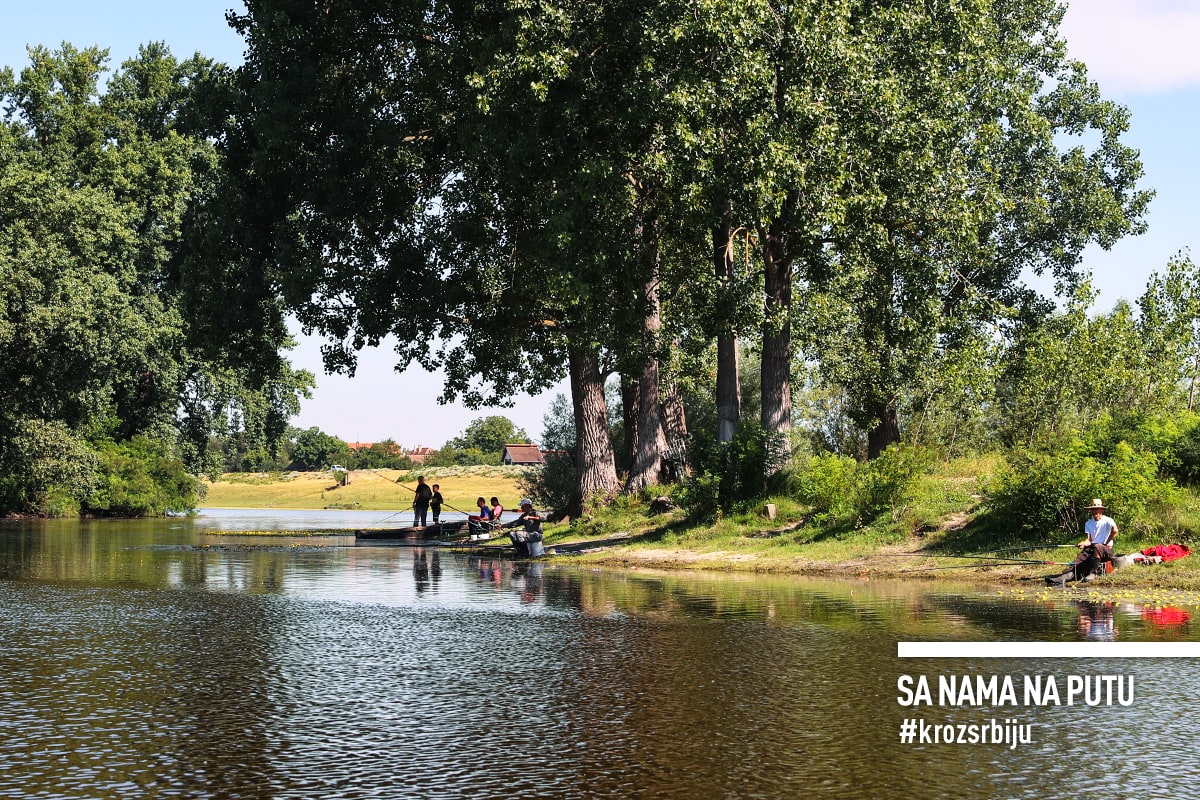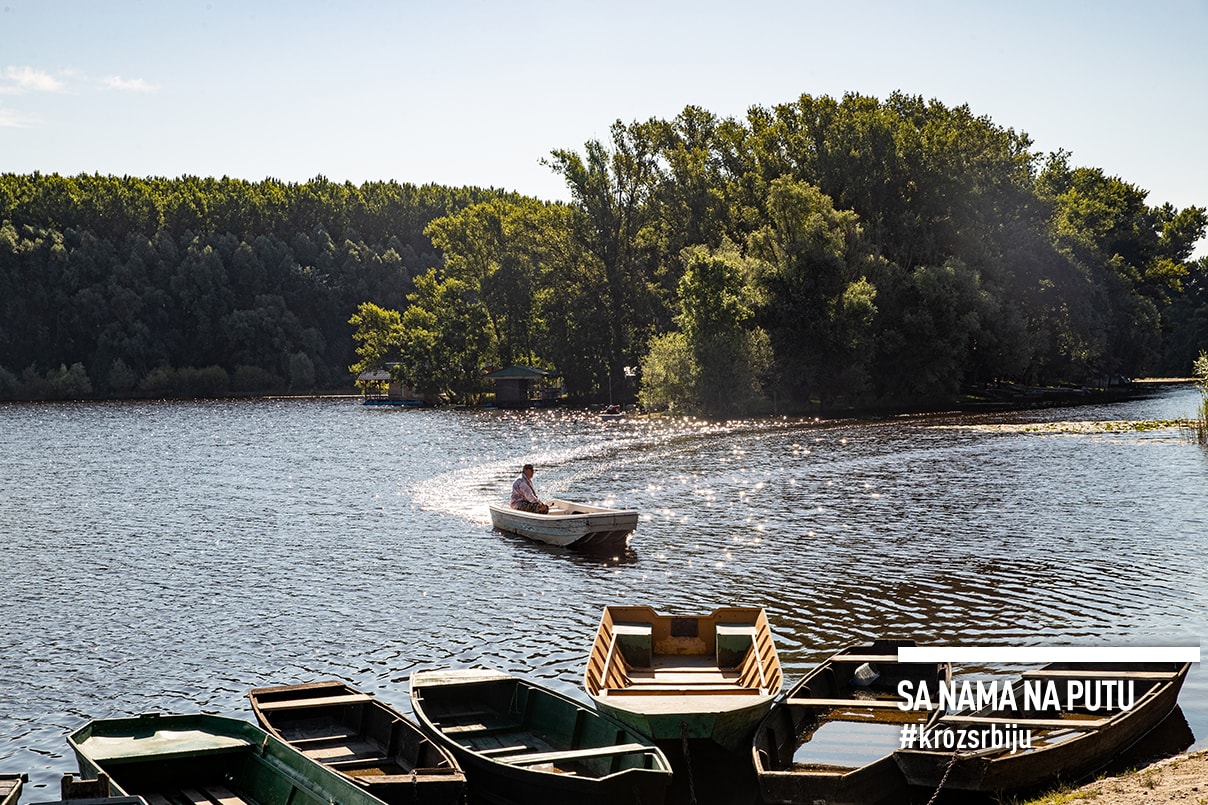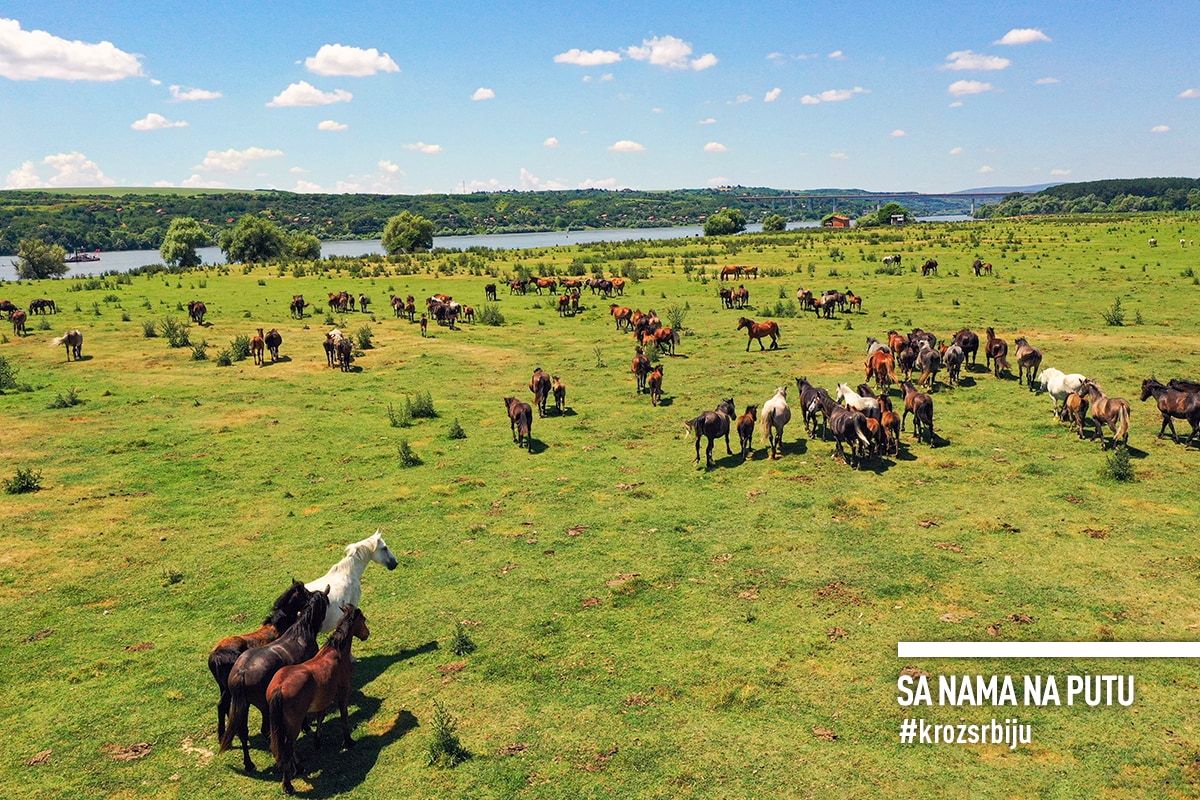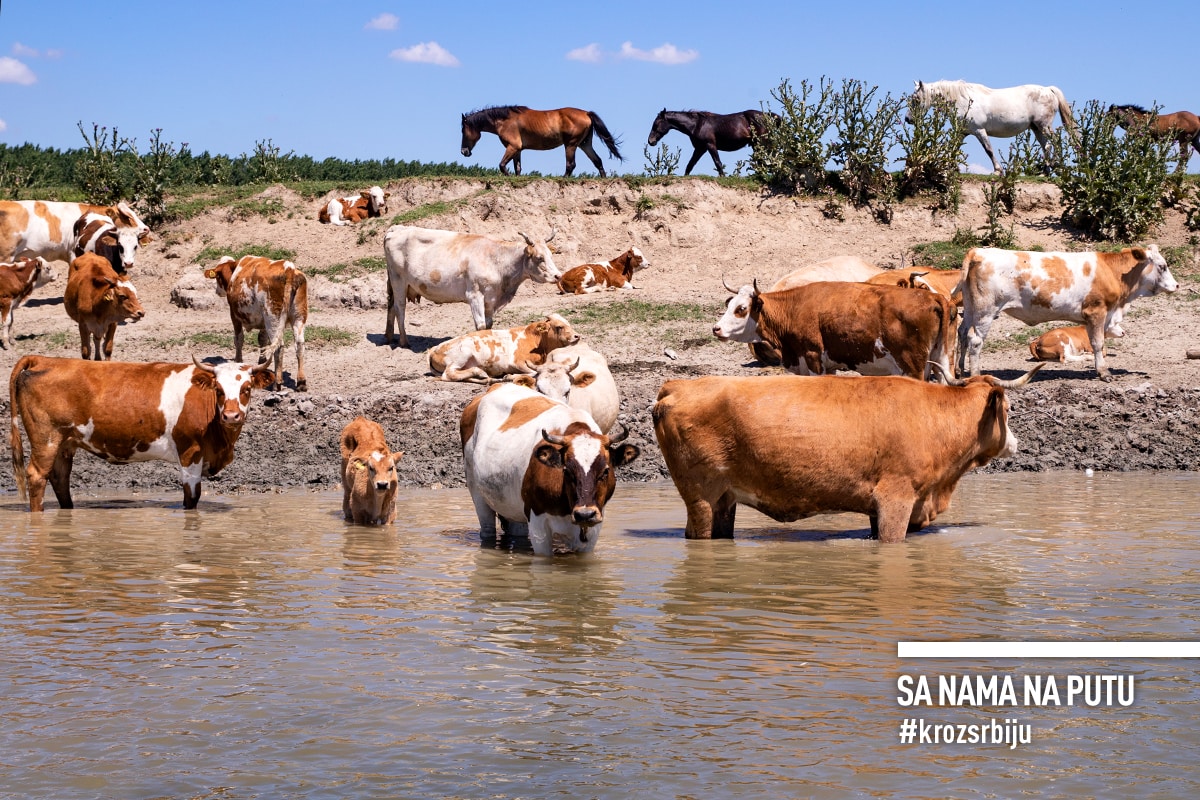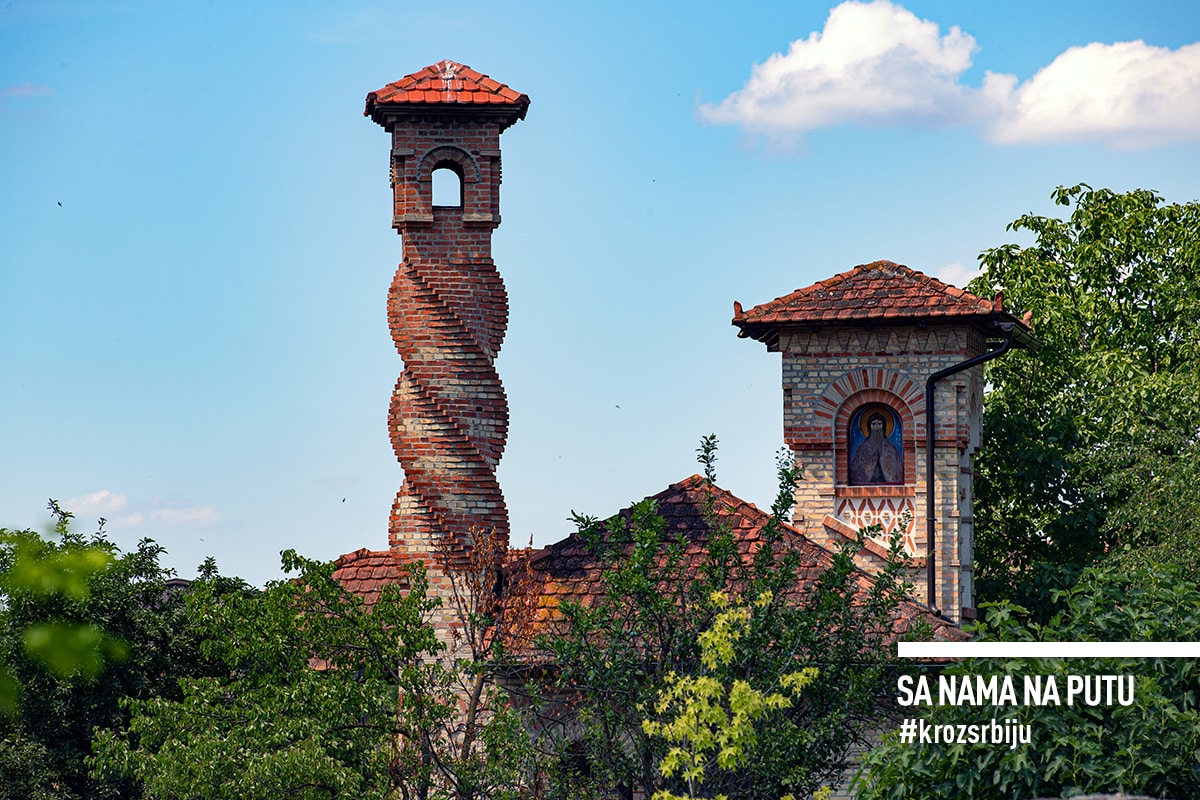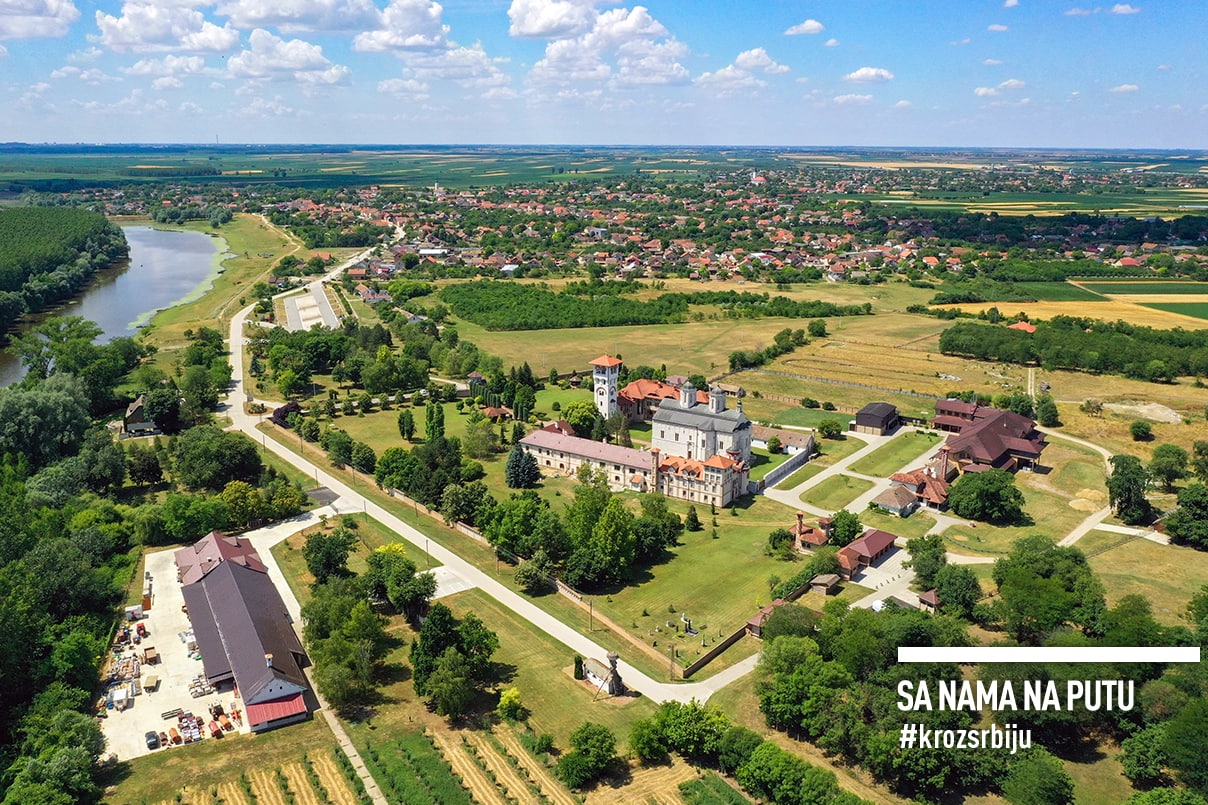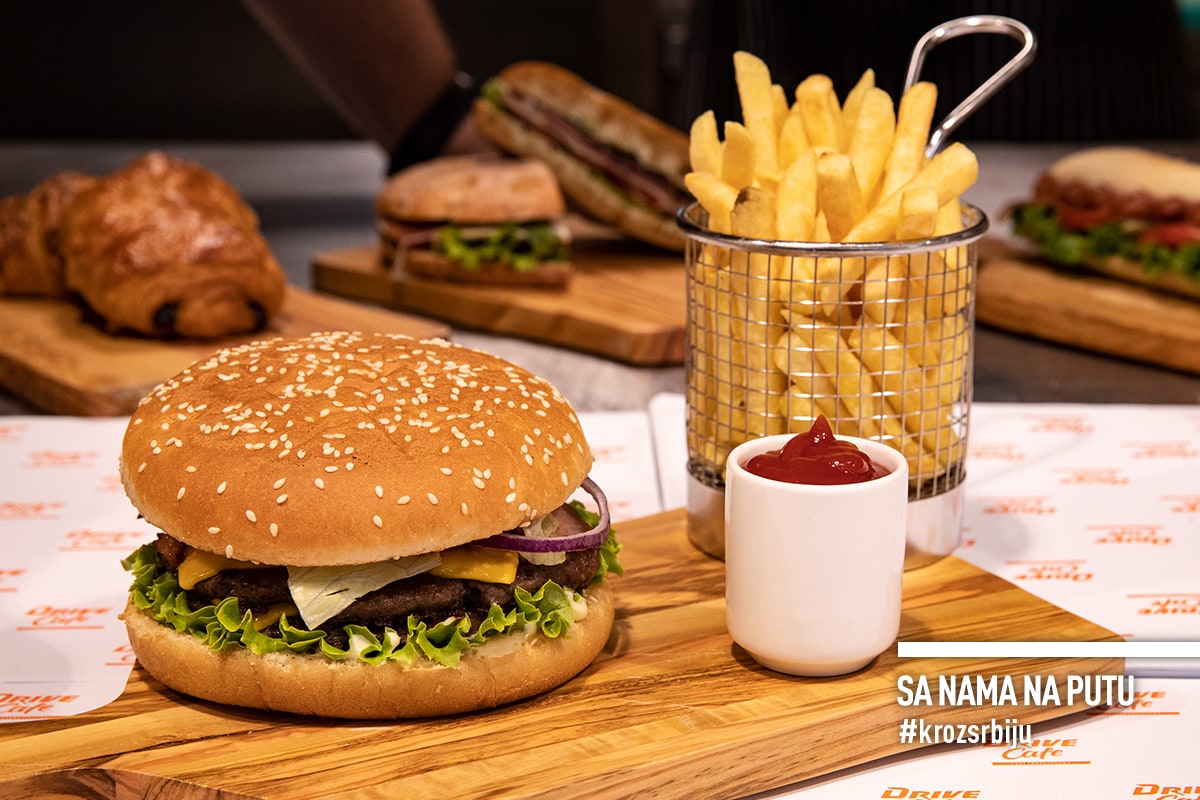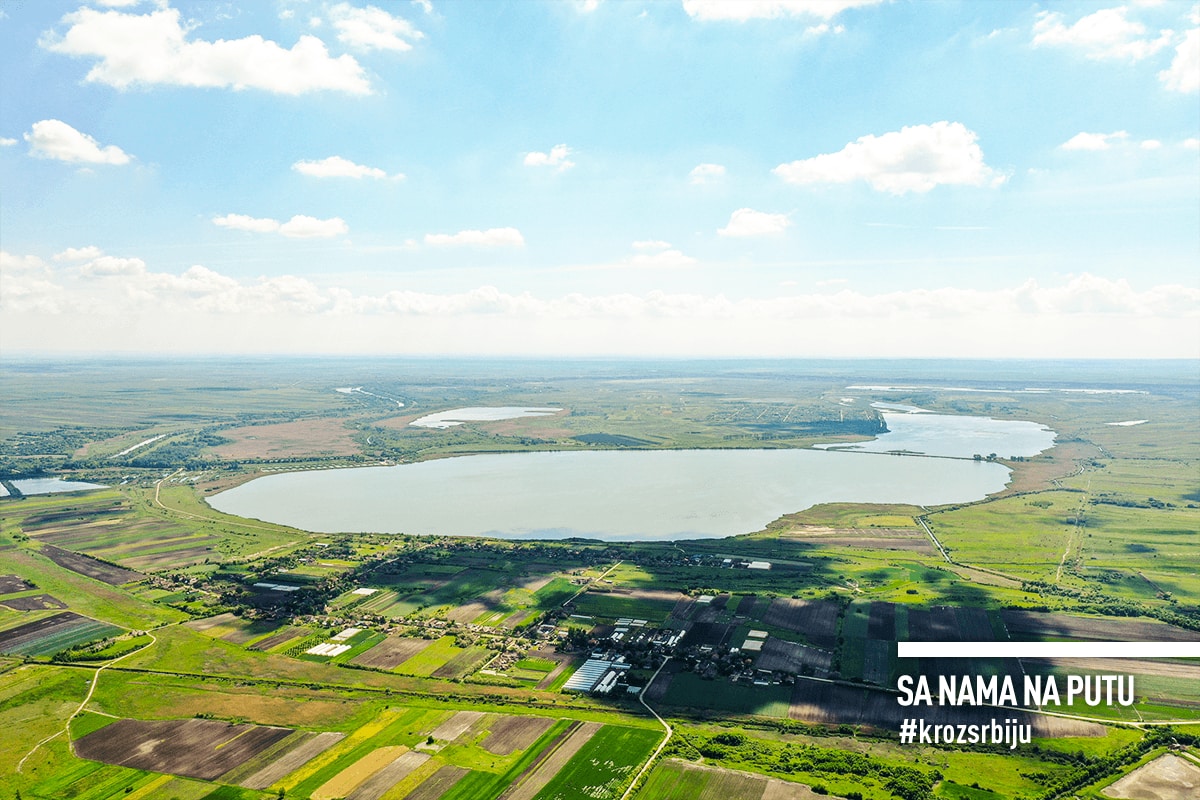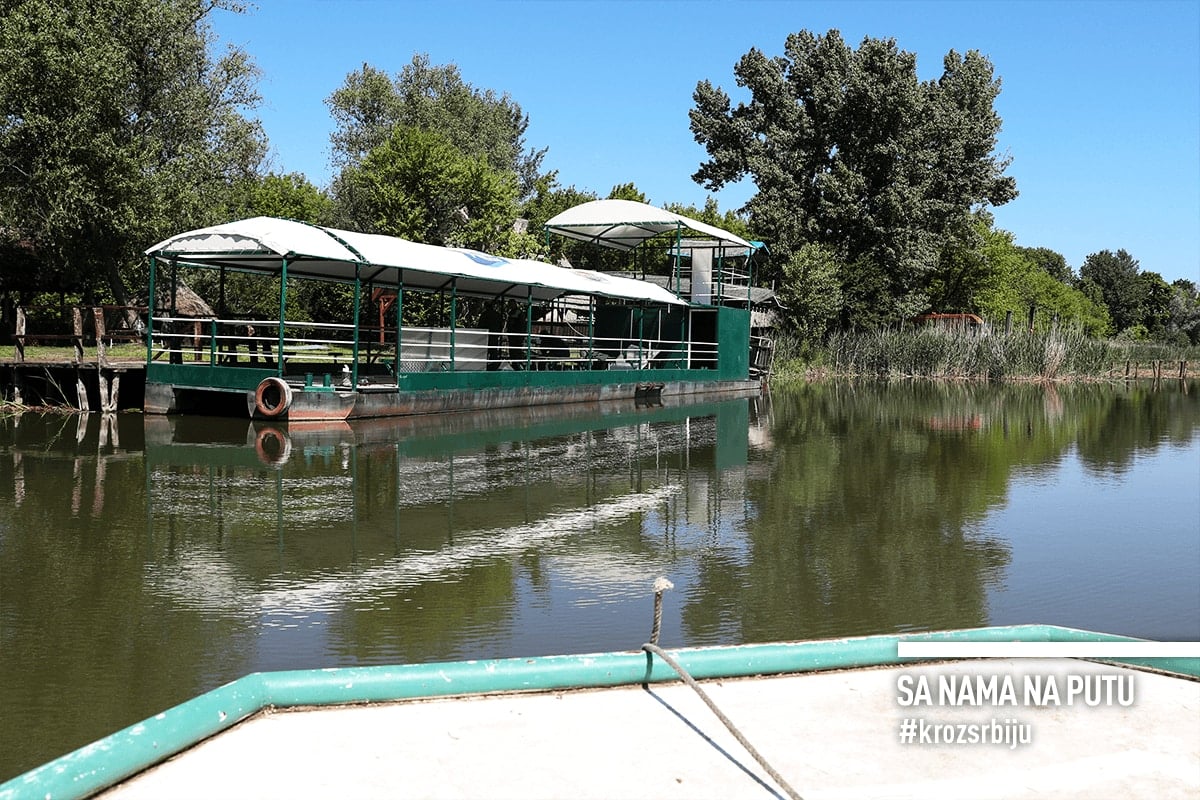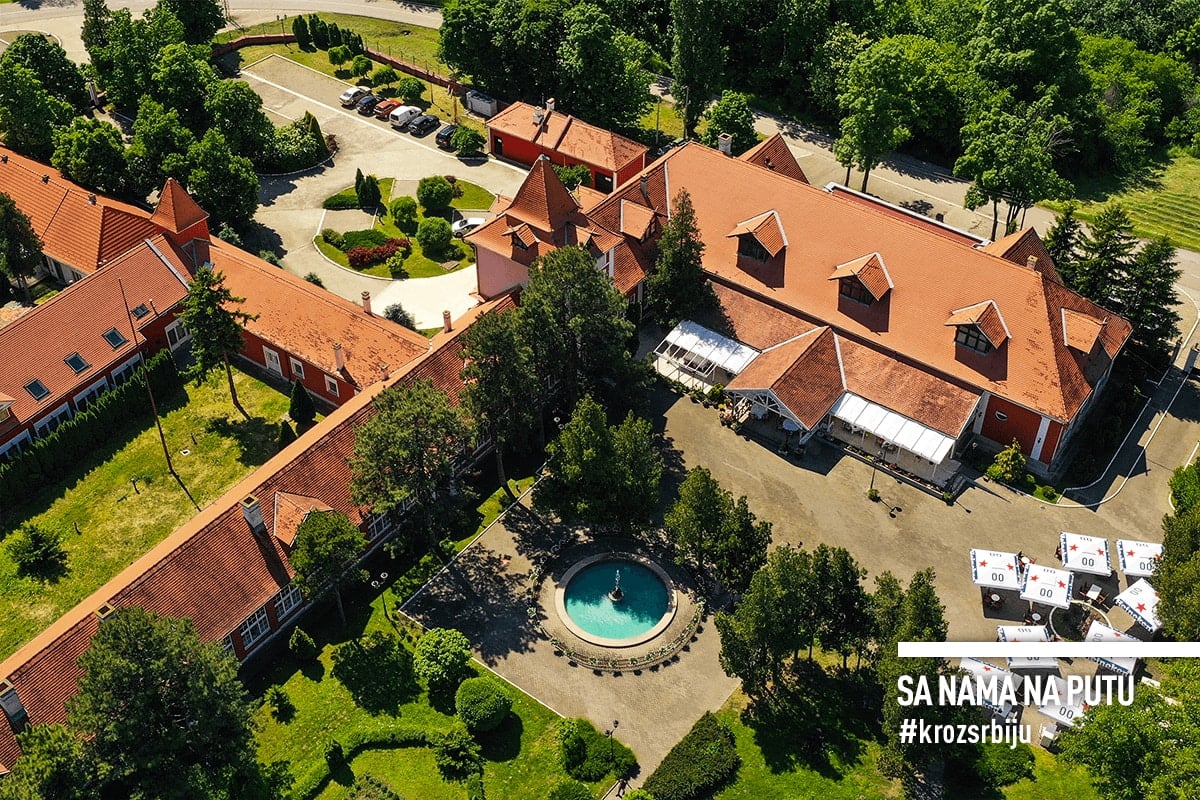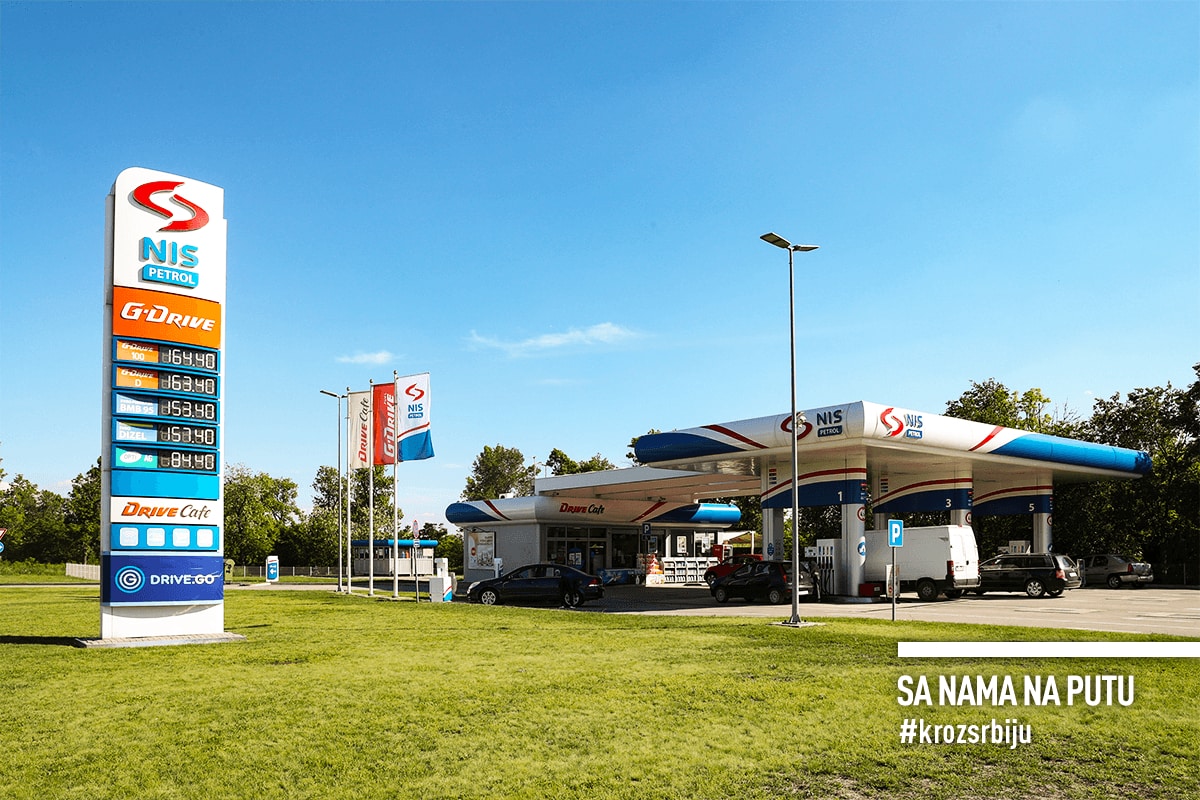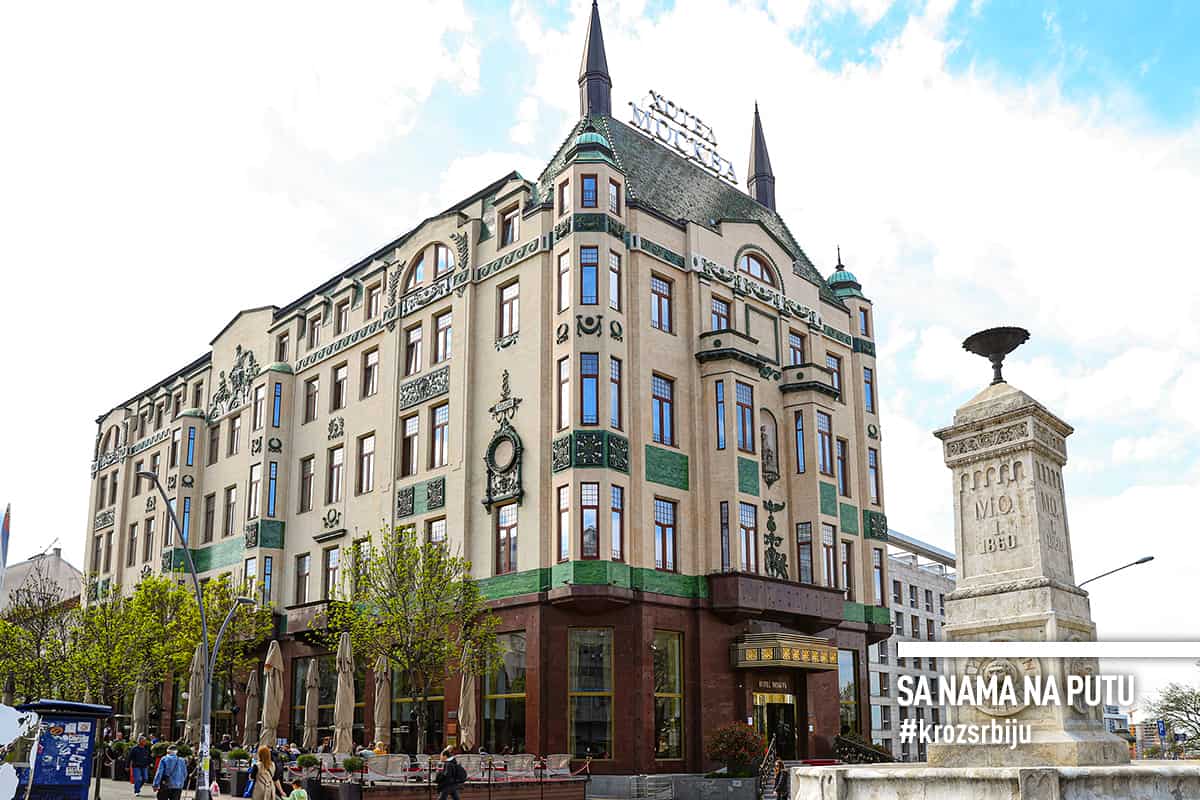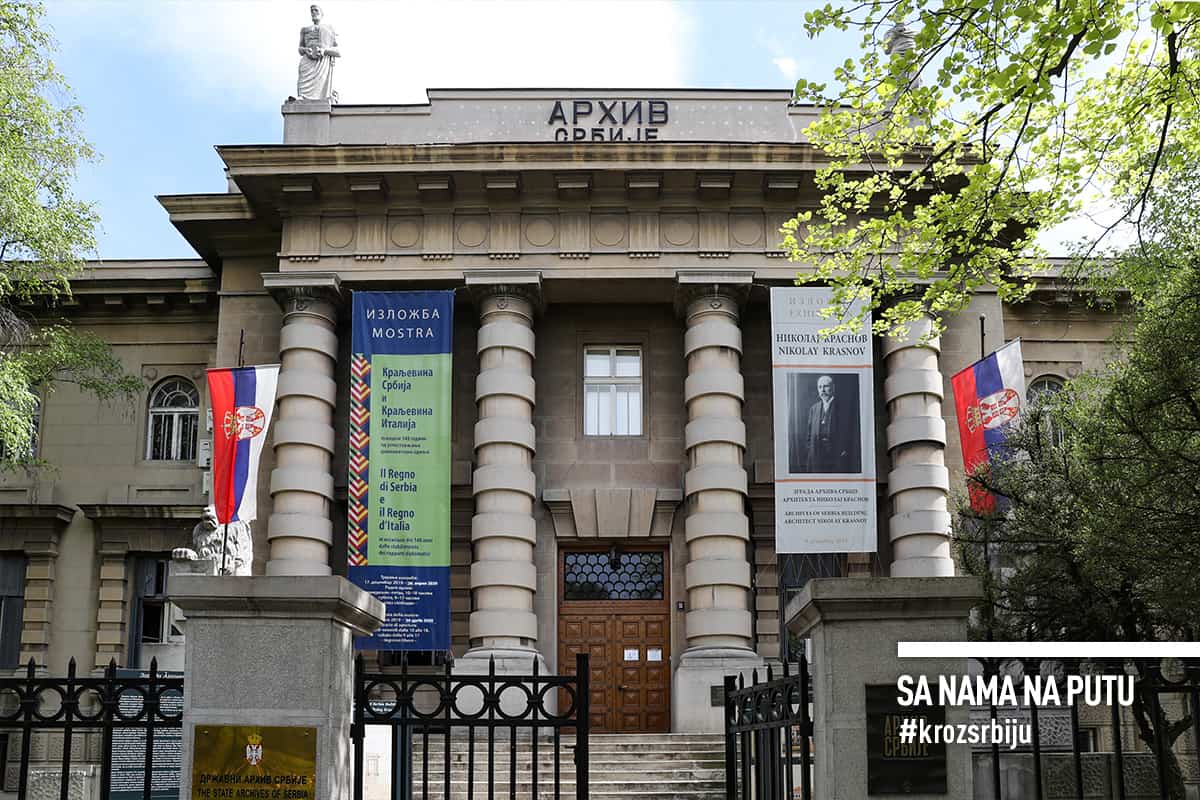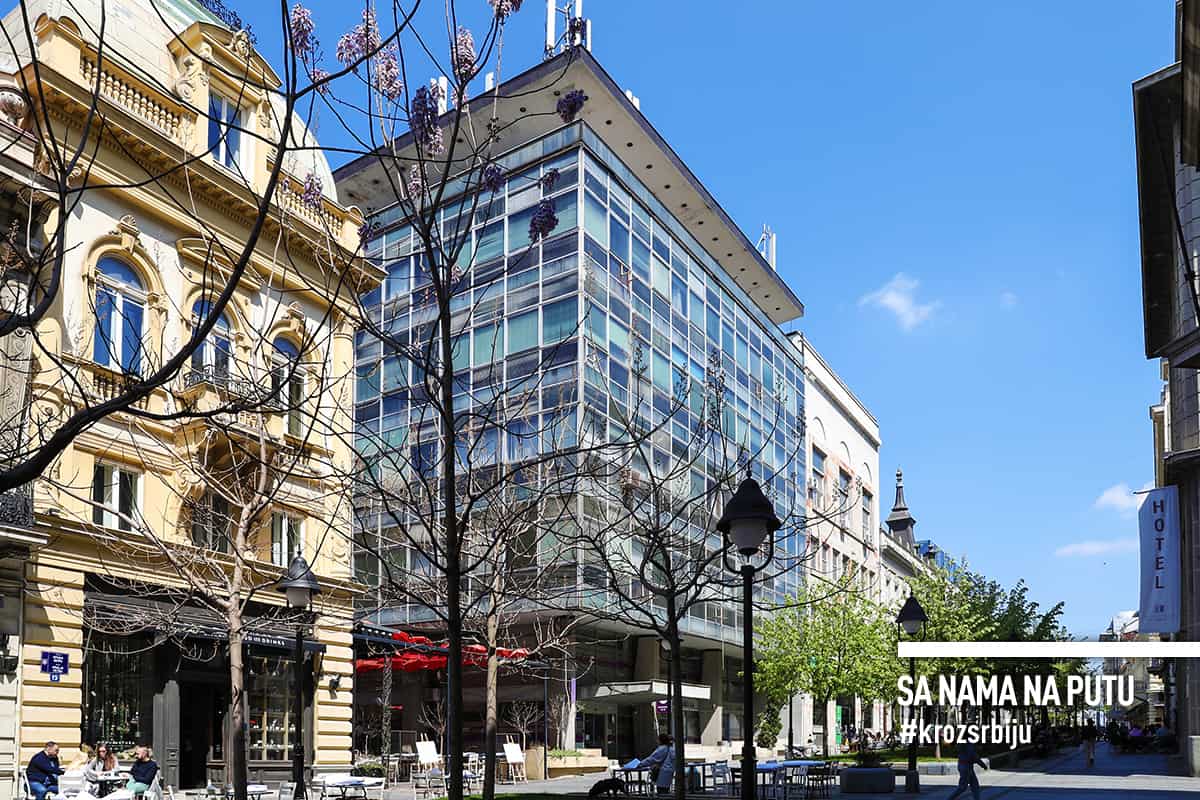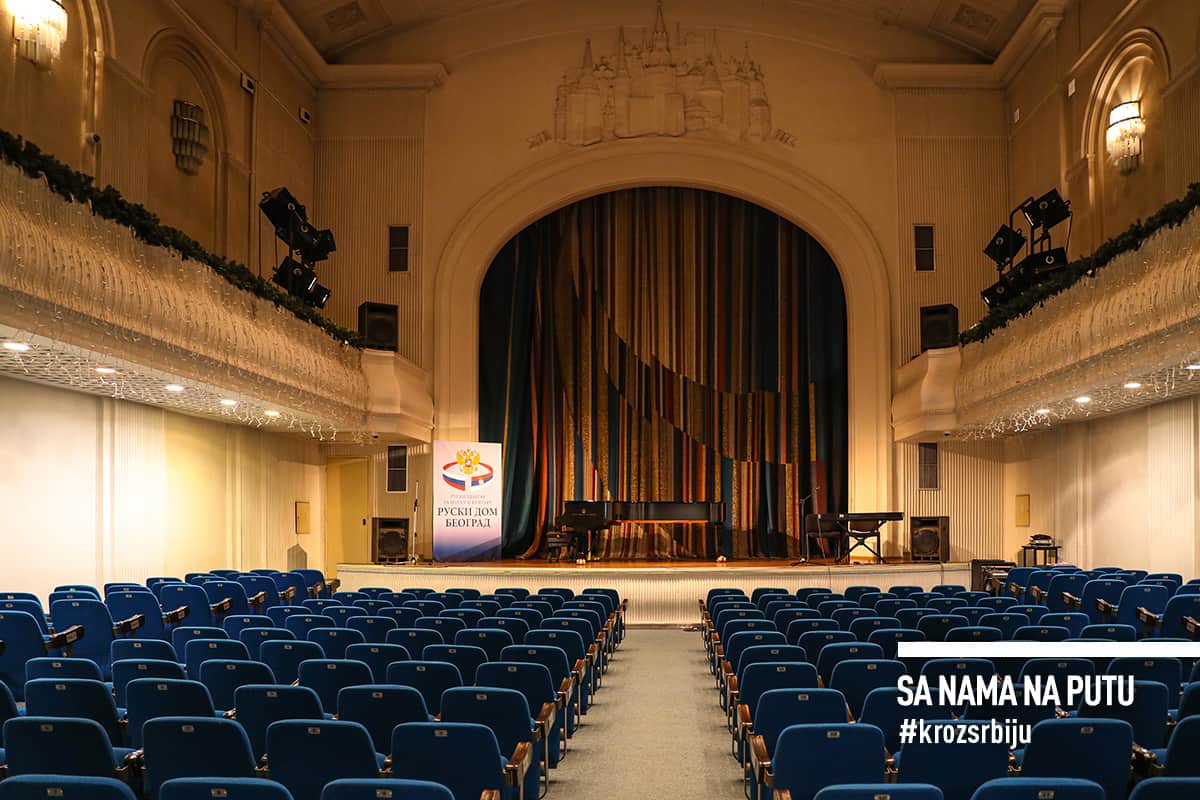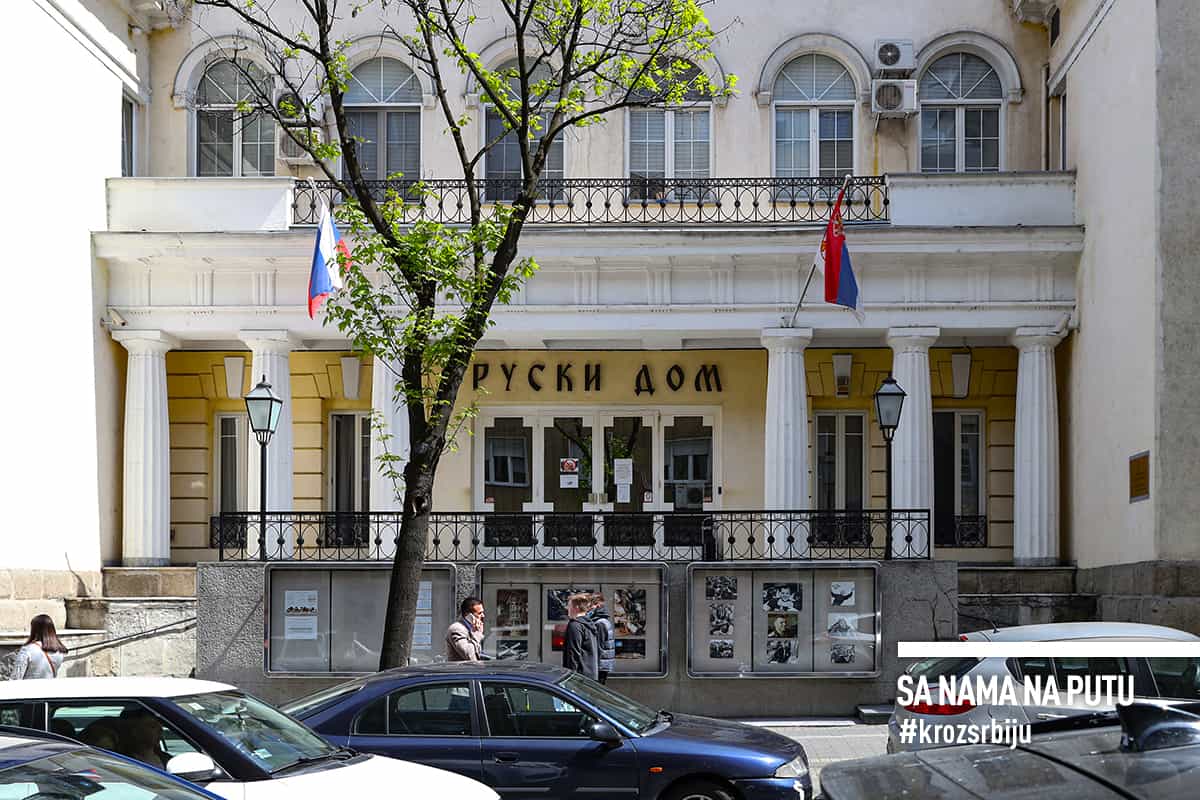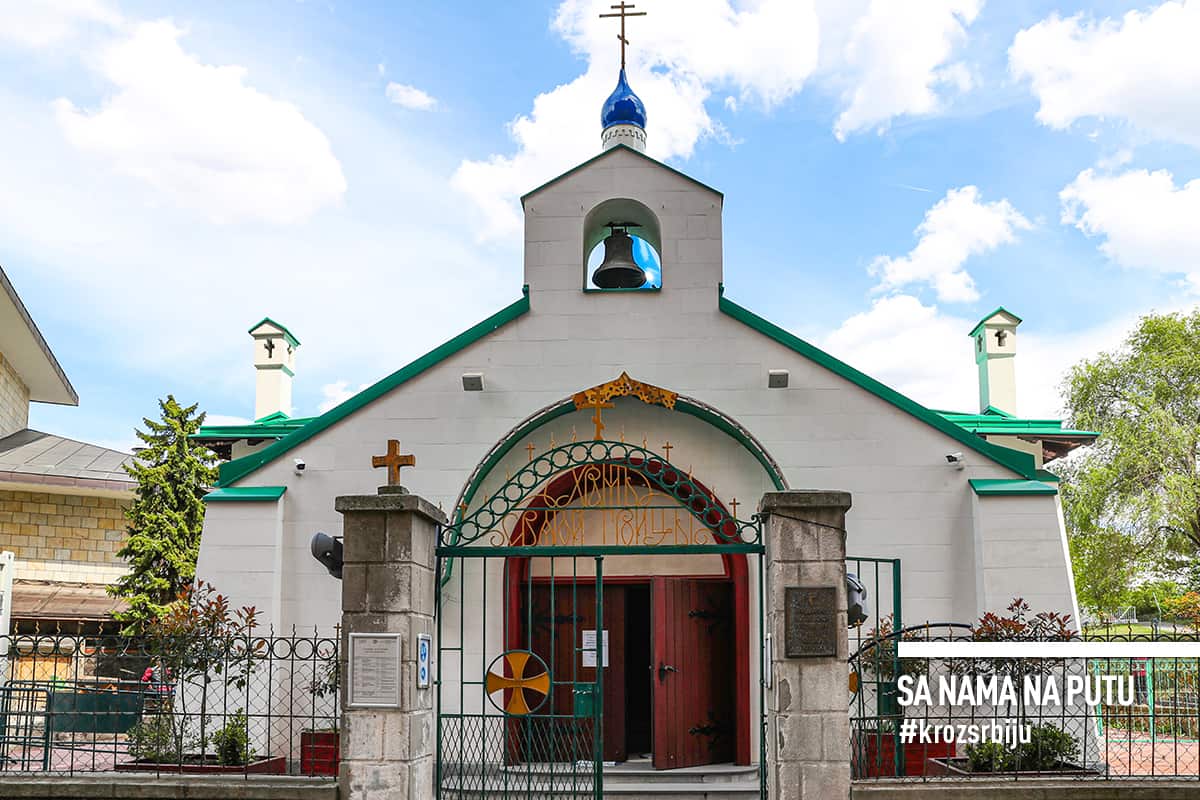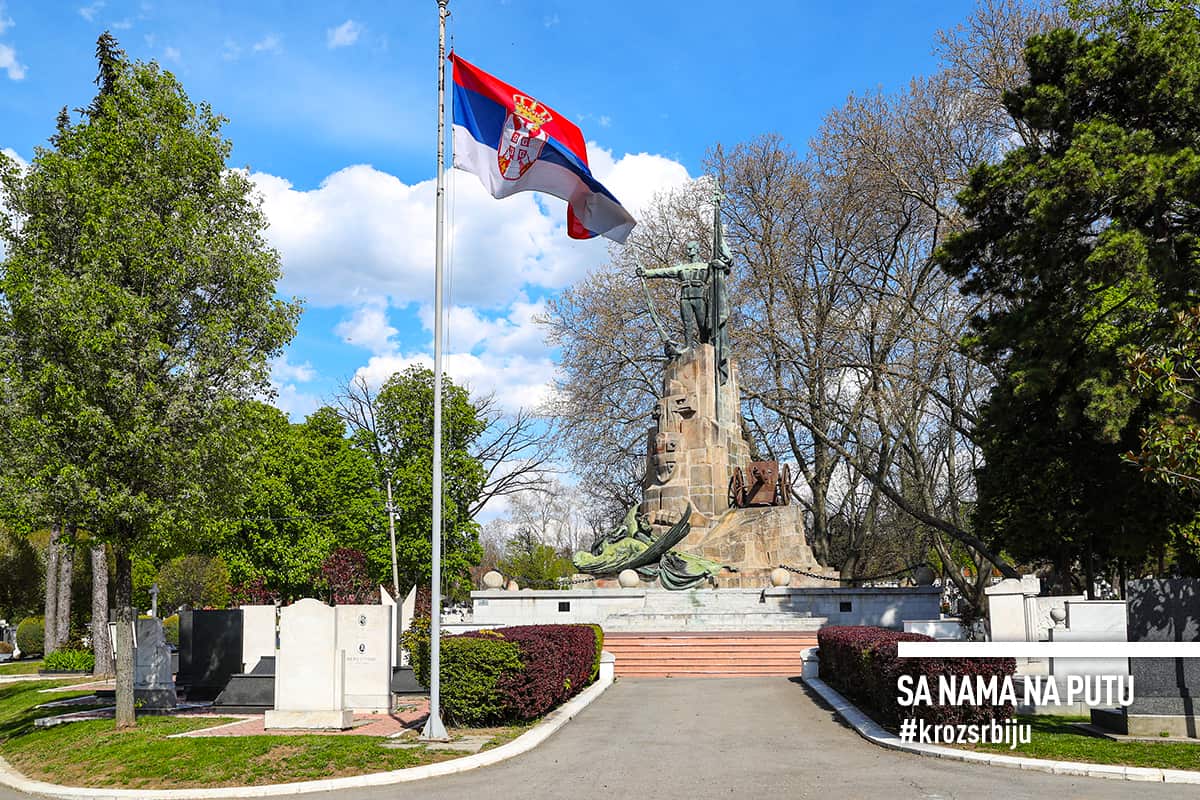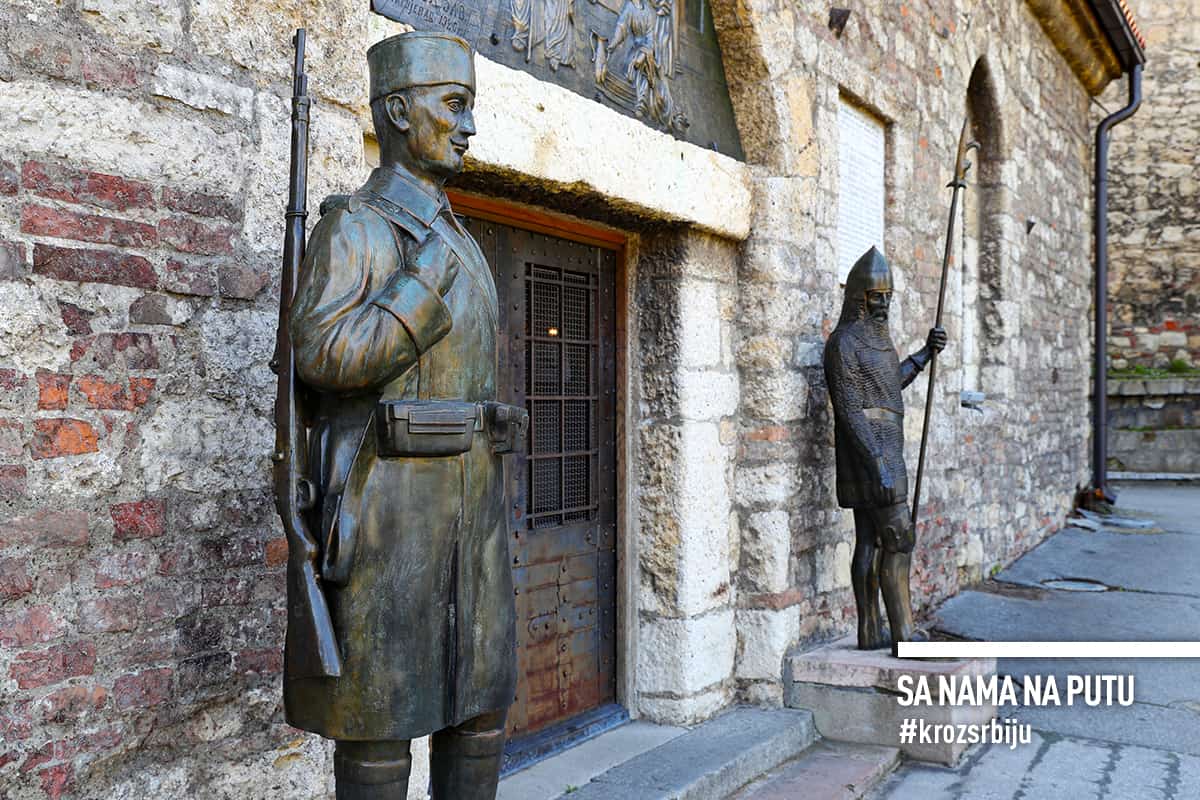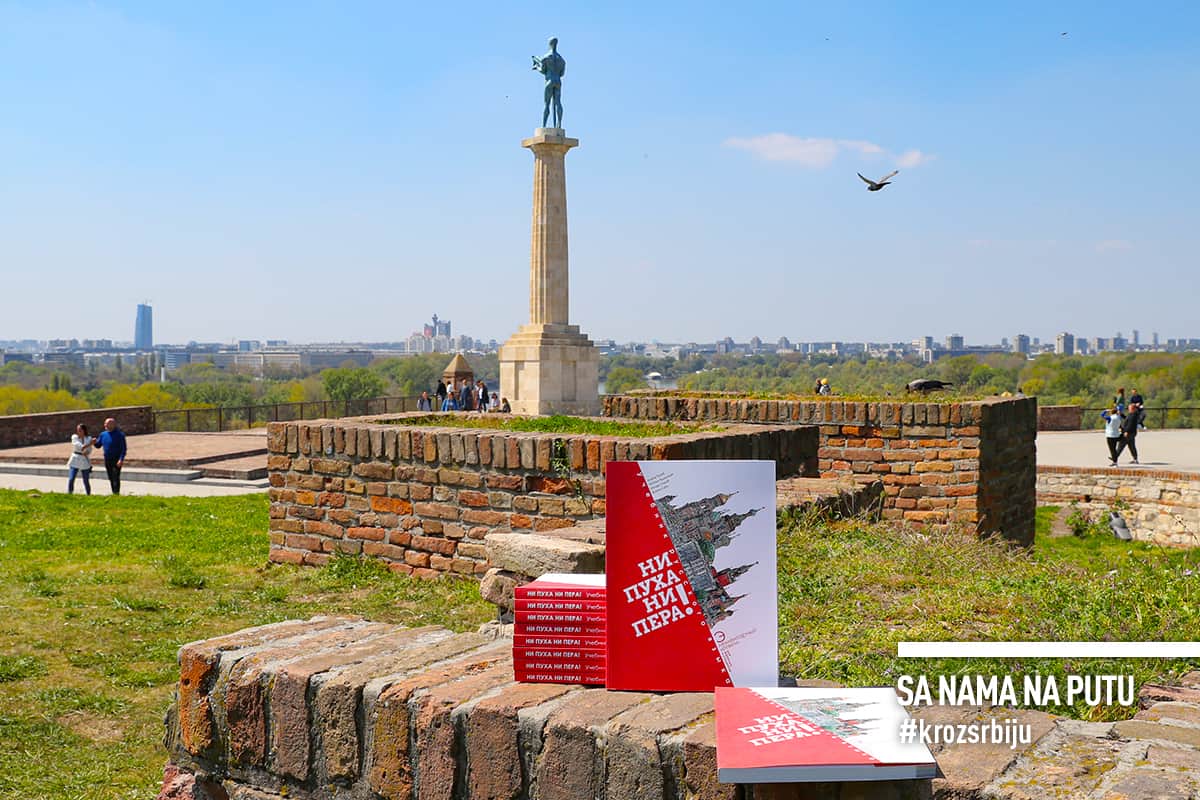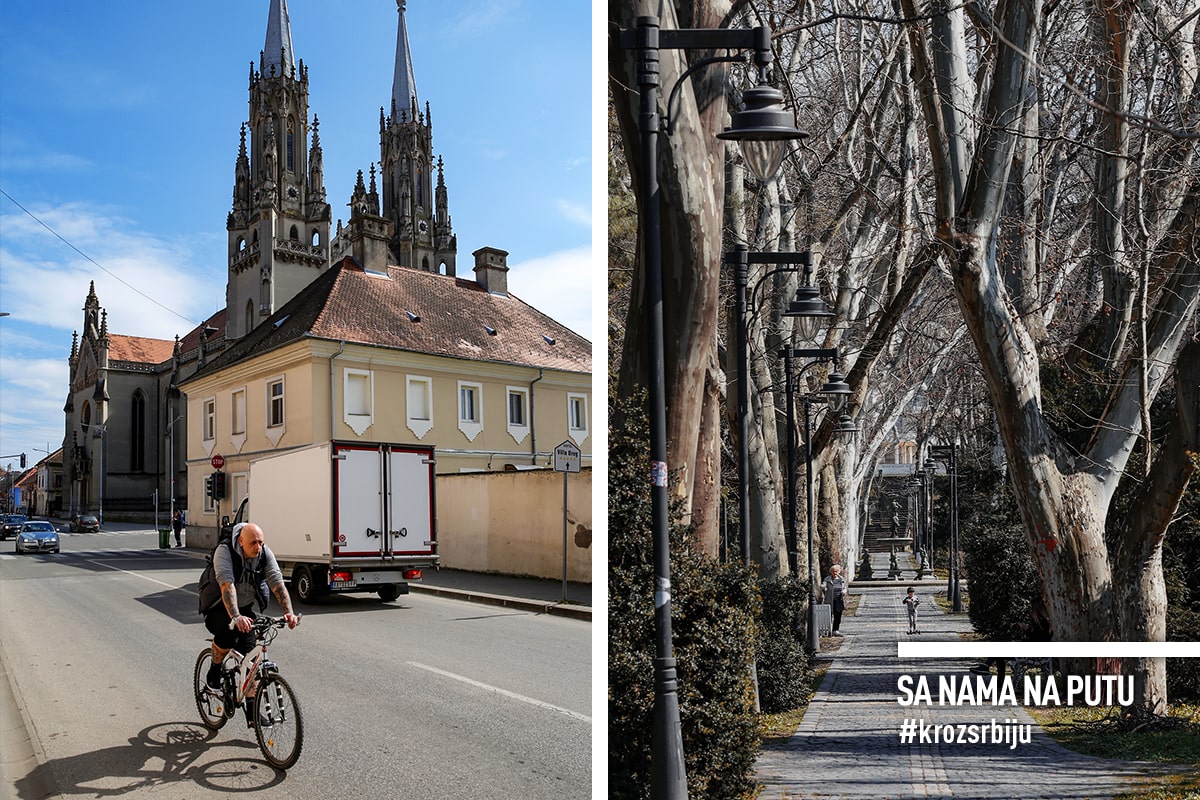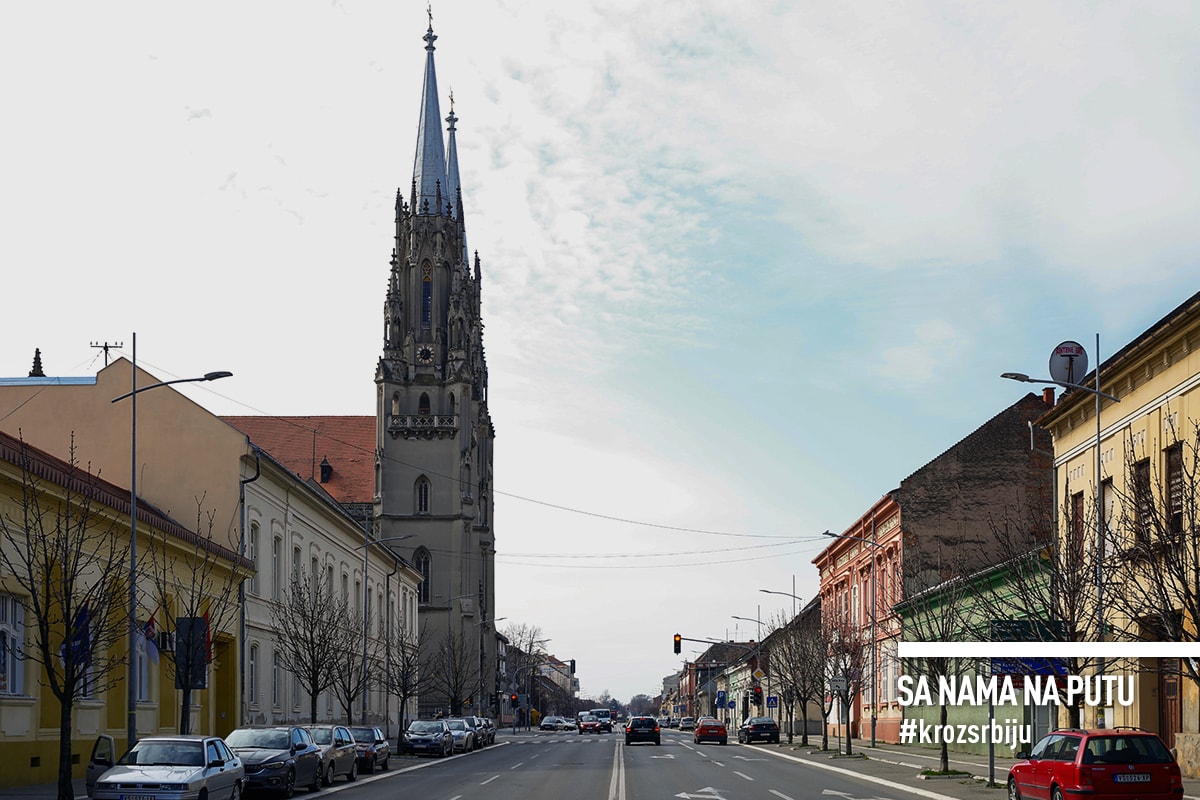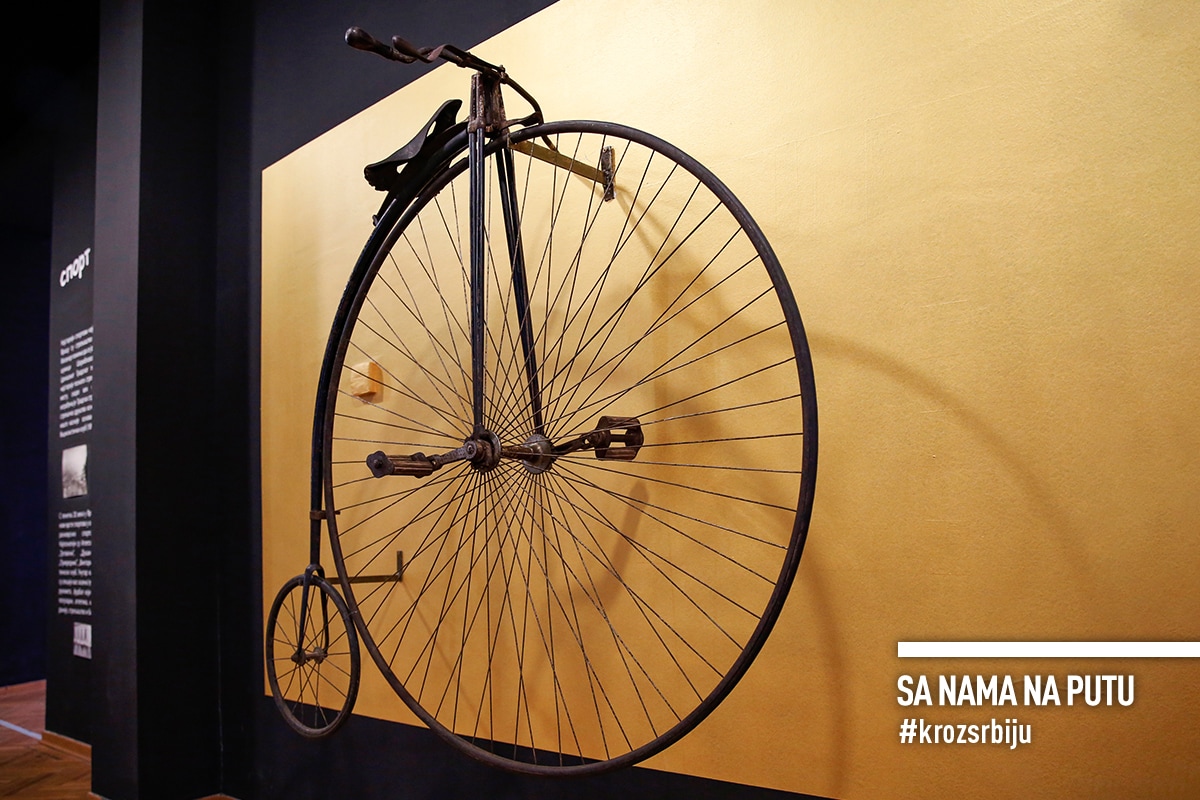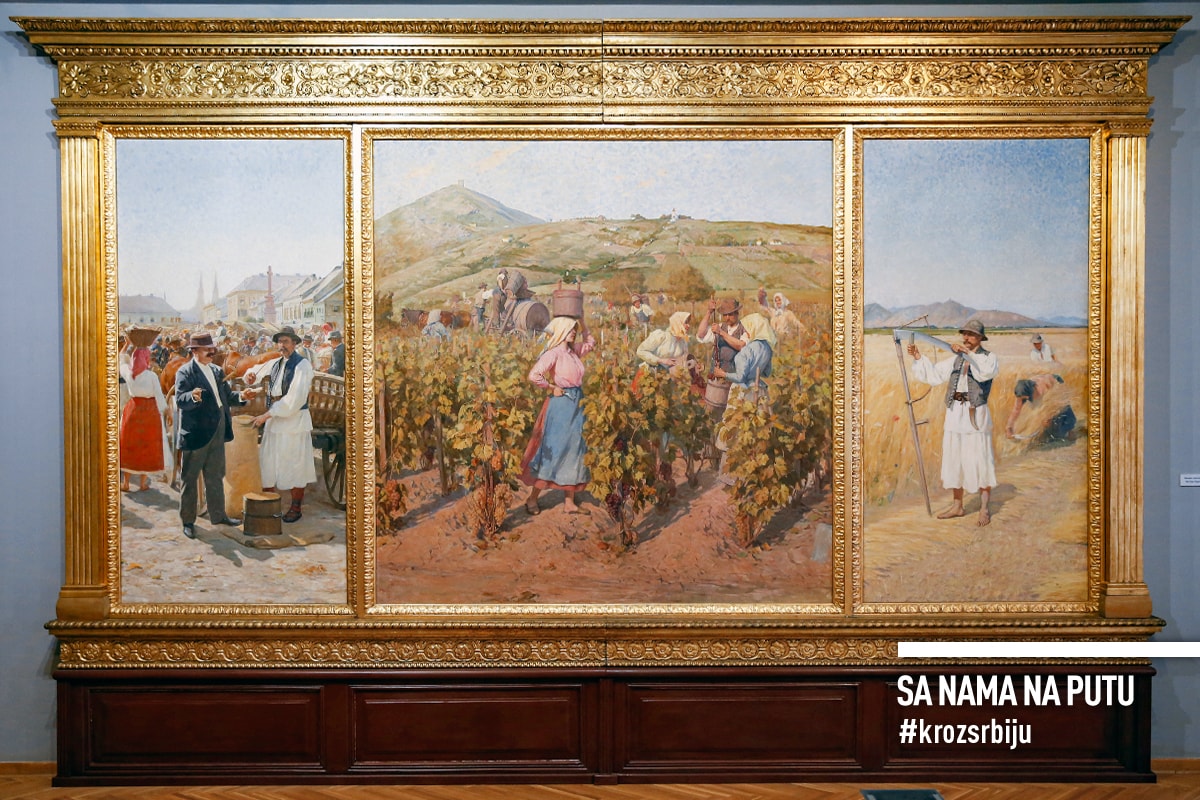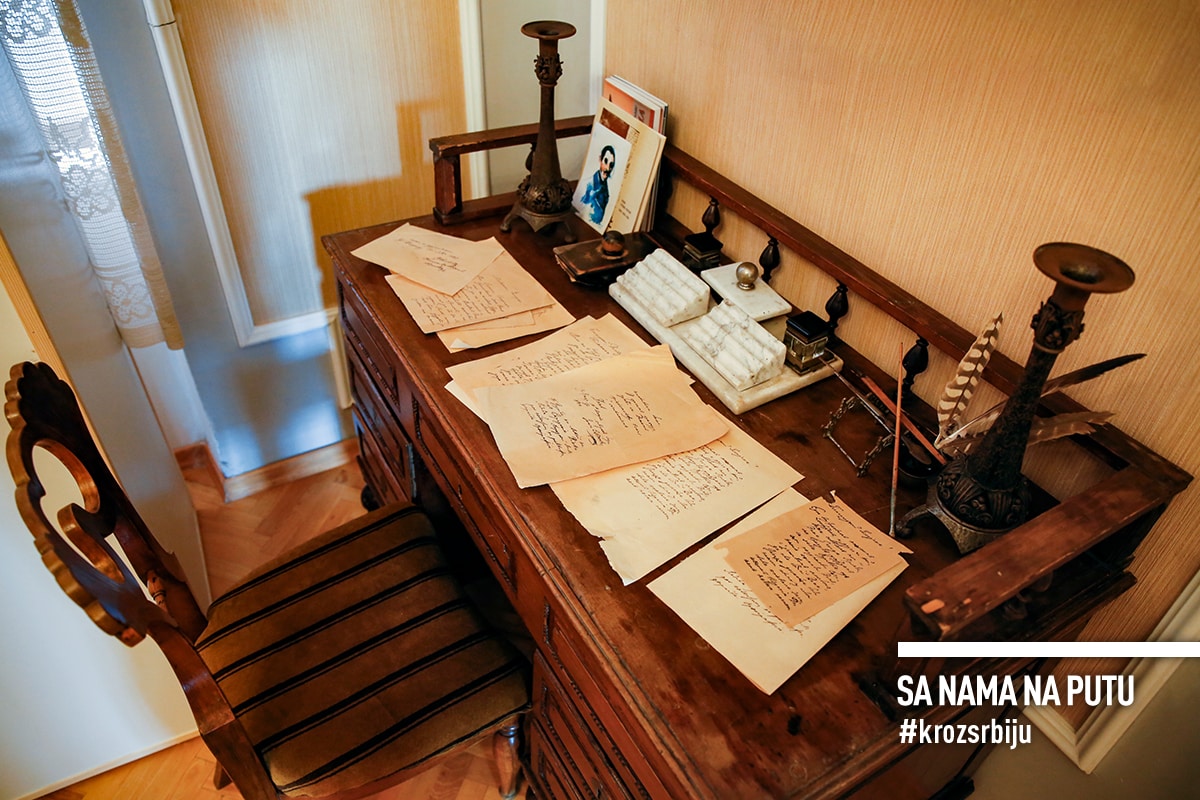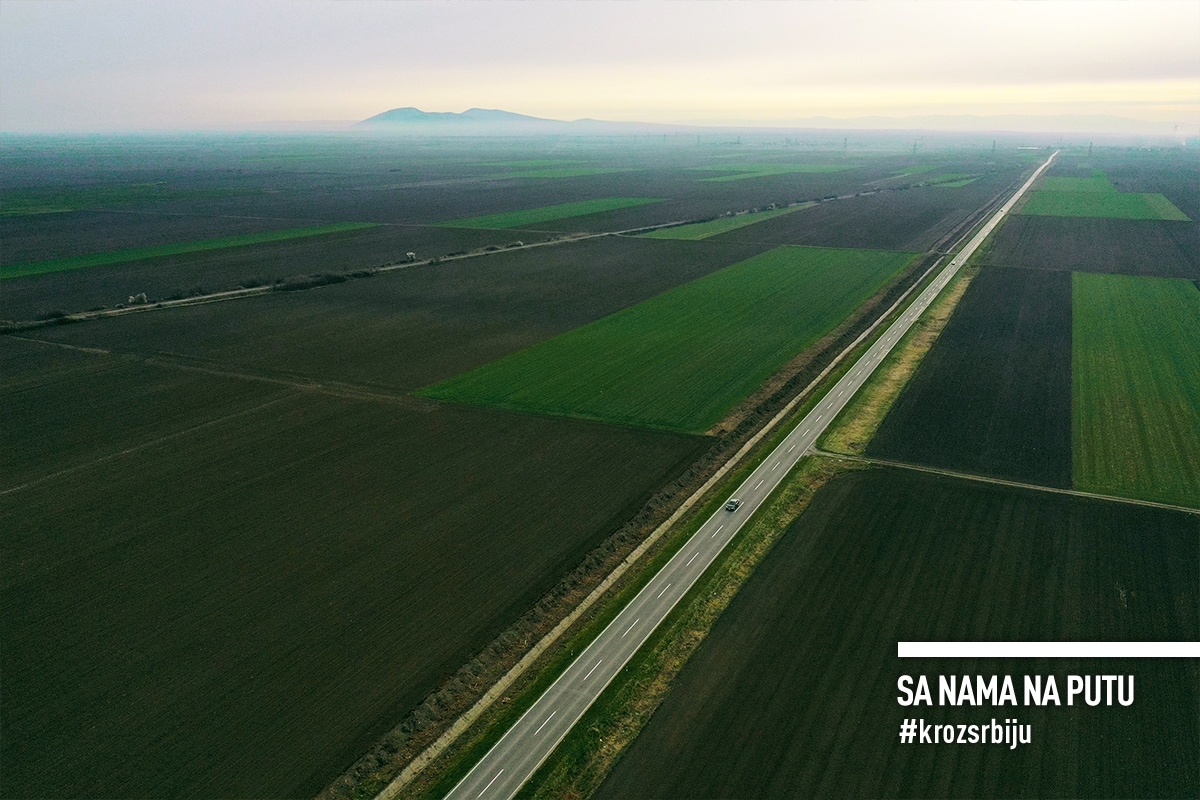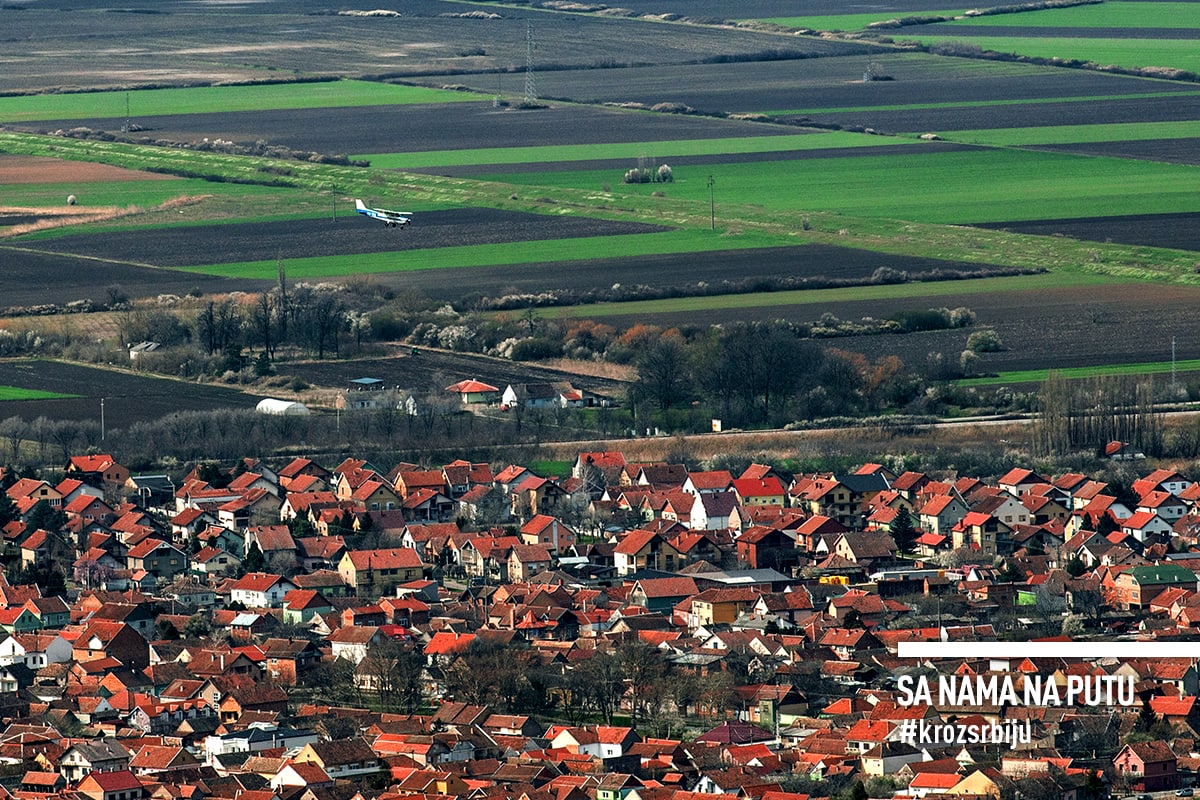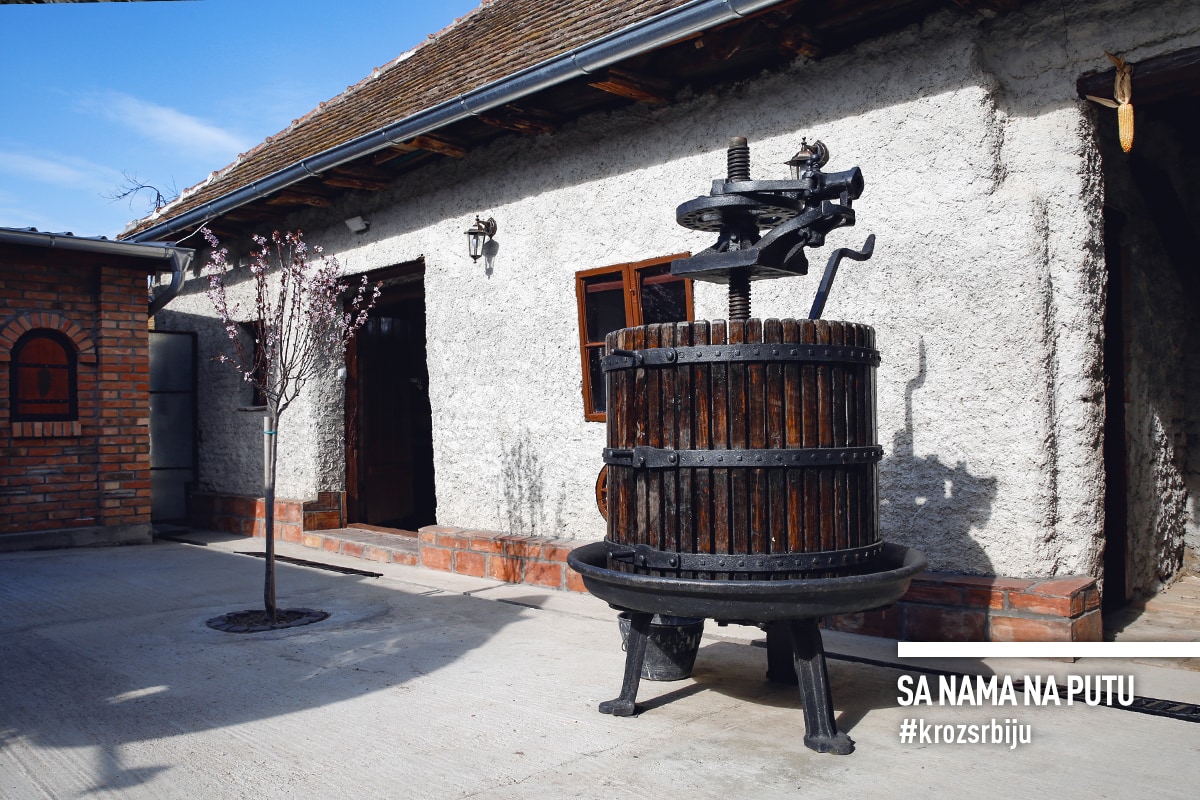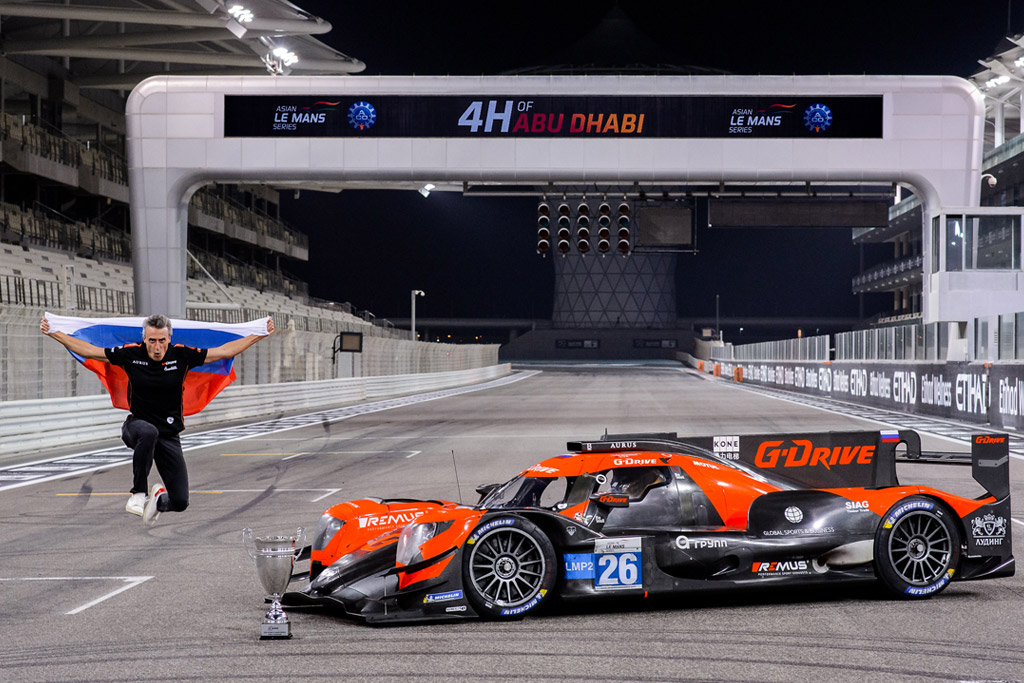As the summer draws close to an end, we seize the opportunity offered by the sunny weather to spend a day in nature. We’re heading to the place where the fertile and domesticated Mačvan flatlands in Srem is sculpted by two beautiful rivers, Sava and Drina. The place where the isolated natural landscape gave life to diverse forms of vegetation, and which the man, miraculously, decided to leave intact and spare for the beings who do pose no harm to it. Animals. Being near the Drina River already, we may just as well cross the country border and visit the largest city of Semberija and the famous Ethno village. Starting from Belgrade, the road goes toward Sremska Mitrovica and from there on to Bogatić. The sign for Camping Zasavica should be followed.
Why should you visit Zasavica and the Ethno village Stanišići?
1. Because Zasavica is a farm life safari park
The unperturbed Sava and the capricious Drina have been changing their courses from the dawn of time, forming meander bends and re-creating the surrounding landscape. Nobody knows when the landscape that is now sprawling before our eyes has been formed. However, Celtic maps show this region as the place where the dragons used to live once. Their strength had preserved this nature until the dragon-spirited people came by to replace them. So goes the legend. Or it could be the truth.
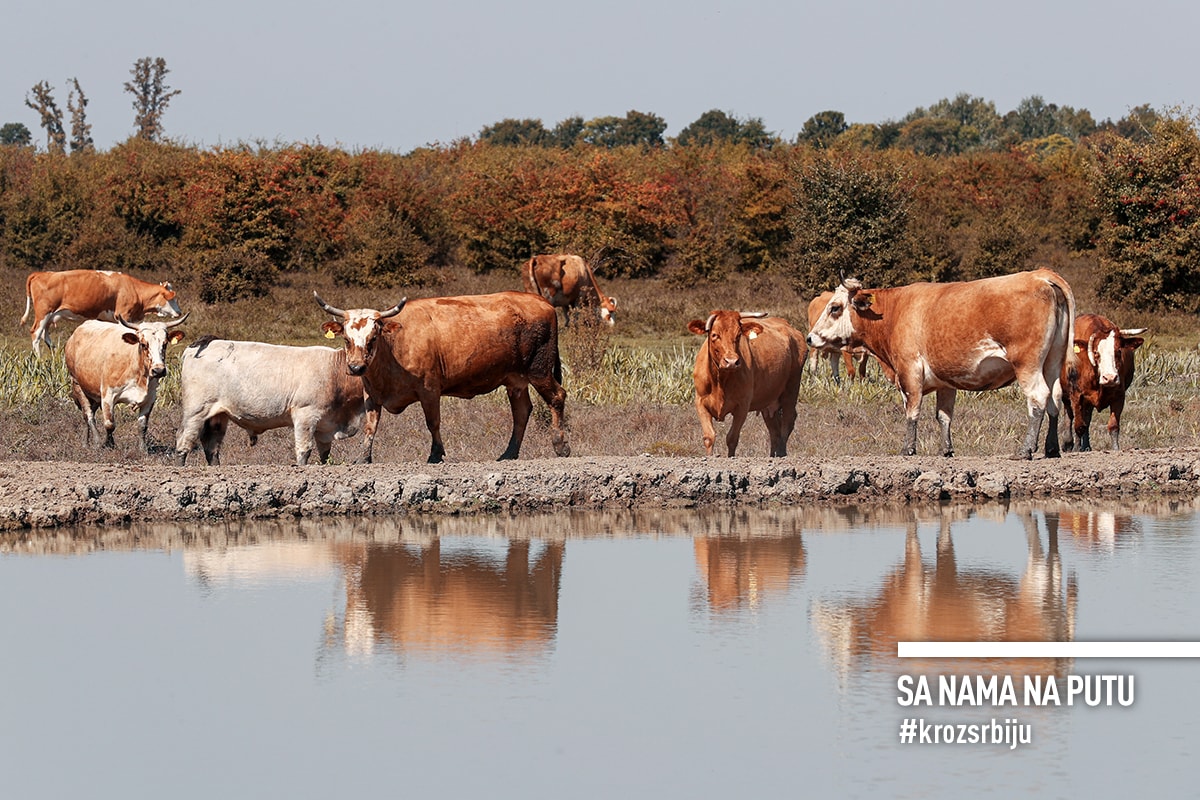
The special nature reserve Zasavica spans an area of 1,825 hectares, of which 675 hectares are classified into the strict nature reserve category of protection. It is named after the 33km-long Zasavica River, which is fed by the underground flow of the Drina River. It is one of the last wetland areas of Serbia preserved in its original state. As a strict nature reserve, it was put under protection in 1997.
It’s the perfect place for a full-day trip, especially for a family visit. A great opportunity for children to run carefree on a carpet of grass, to play in the open playground and get familiar with animals, maybe even make some friends. Parents can rest and enjoy homemade savoury meals in a restaurant with a large outdoor dining area. Boating, boat rentals and fishing are also available, with a daily boating permit. Don’t miss the chance to climb on top of the lookout tower offering the view of a large part of this untouched landscape with a summit of the Cer Mountain rising up in the distance. It also offers an overnight stay. Recently, two mobile homes have been set up for the so-called glamping, glamorous camping in a glamorous natural environment.
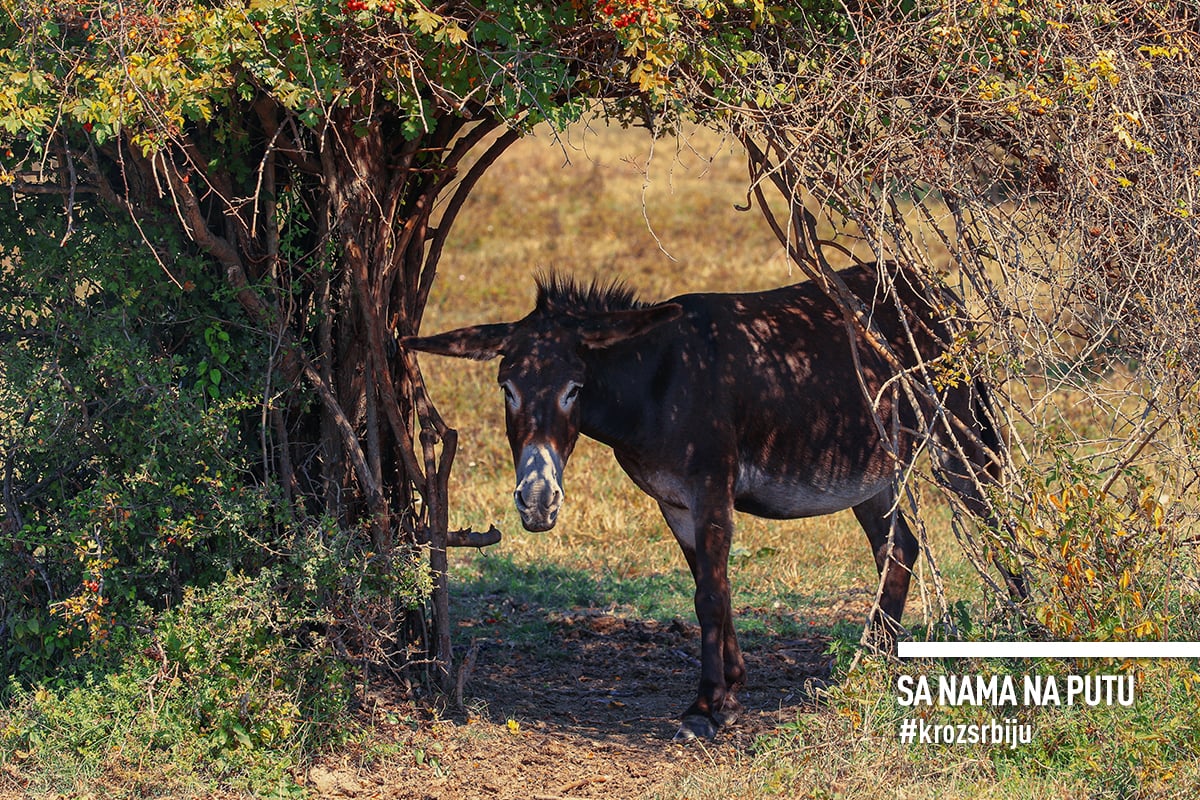
Certainly, the highlight is the safari ride on an electric bus. The wealth of flora and fauna is invaluable, the charming driver begins telling a story. 150 new species of flora and fauna have been identified, and on top of that, a 540 million-year-old river shrimp was discovered last year! The nature reserve is the habitat for 216 species of birds, dominated by a white-tailed eagle, 20 species of fish, among which is a European mudminnow, known to the people as “umbra” and protected as a rare species, 275 species of mushrooms and five species of truffles, 70 species of daily butterflies, and six species of snakes, but don’t worry, none of them is poisonous. The vegetation is not far behind. There are 680 species. The sweet flag, which is used in folk medicine, stands out among them. What diversity and wealth!
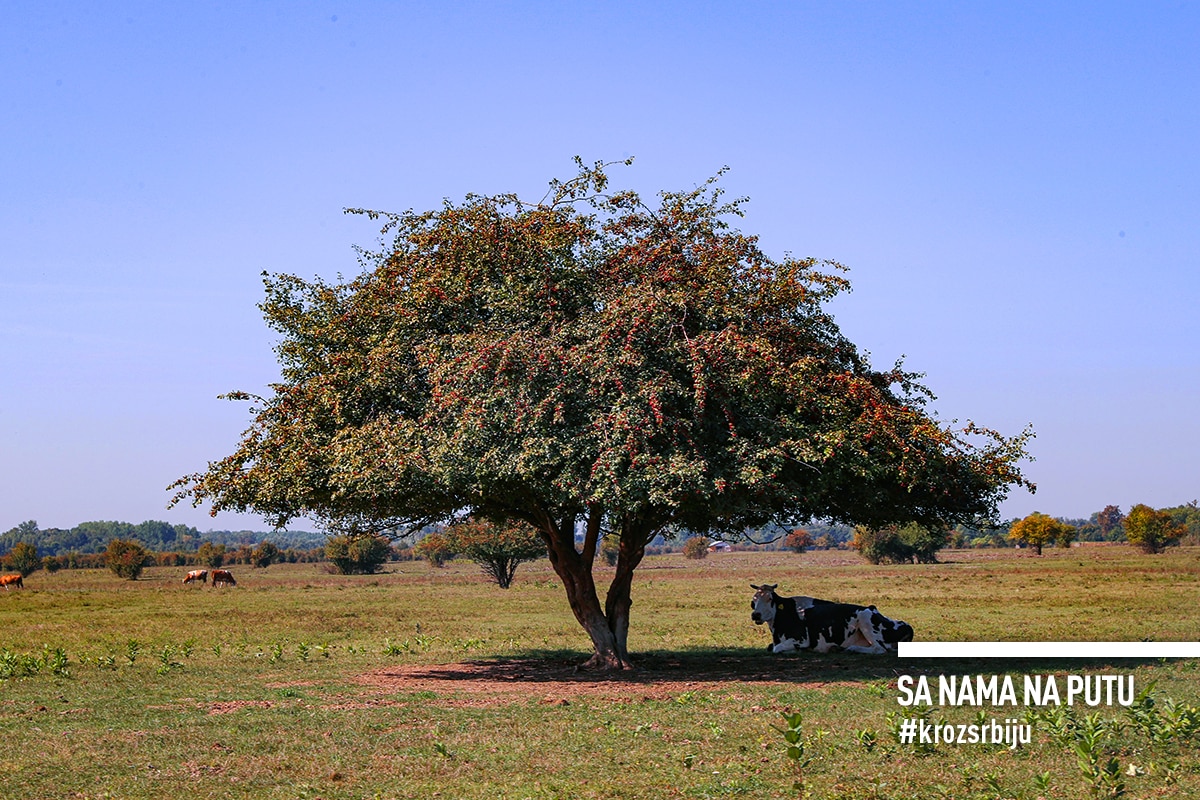
Soon we reach the centerfield for the safari – the water hole filled with water from an artesian well that has been tested for quality. The party is already in full swing. There’s a swarm of domestic animals: Bosnian mountain horses, Podolian cattle, cows, and piglets that are quite indifferent to the uninvited guests. A few of the animals glance at us with curiosity, but most of them hardly notice us at all. They have grown accustomed to a life of coexistence with other animals and humans as well. I guess everyone’s welcome here, as long as they follow the local rules. “There are no donkeys”, someone noticed. The lazy fellows must be sleeping late and haven’t yet arrived for the morning watering. The amiable driver immediately starts the bus and takes us to them. As on command, they approach us fearlessly and endearingly, as if they are expecting to get a few chunks of food. The foals are catching up behind them. They are friendly too. They’re sniffing the kids. Sweet, cuddly creatures. “There you go, now you know why men and women often call us jackasses”, the witty driver’s remark makes us burst into laughter. He somehow must inadvertently have missed mentioning the mule’s stubbornness.
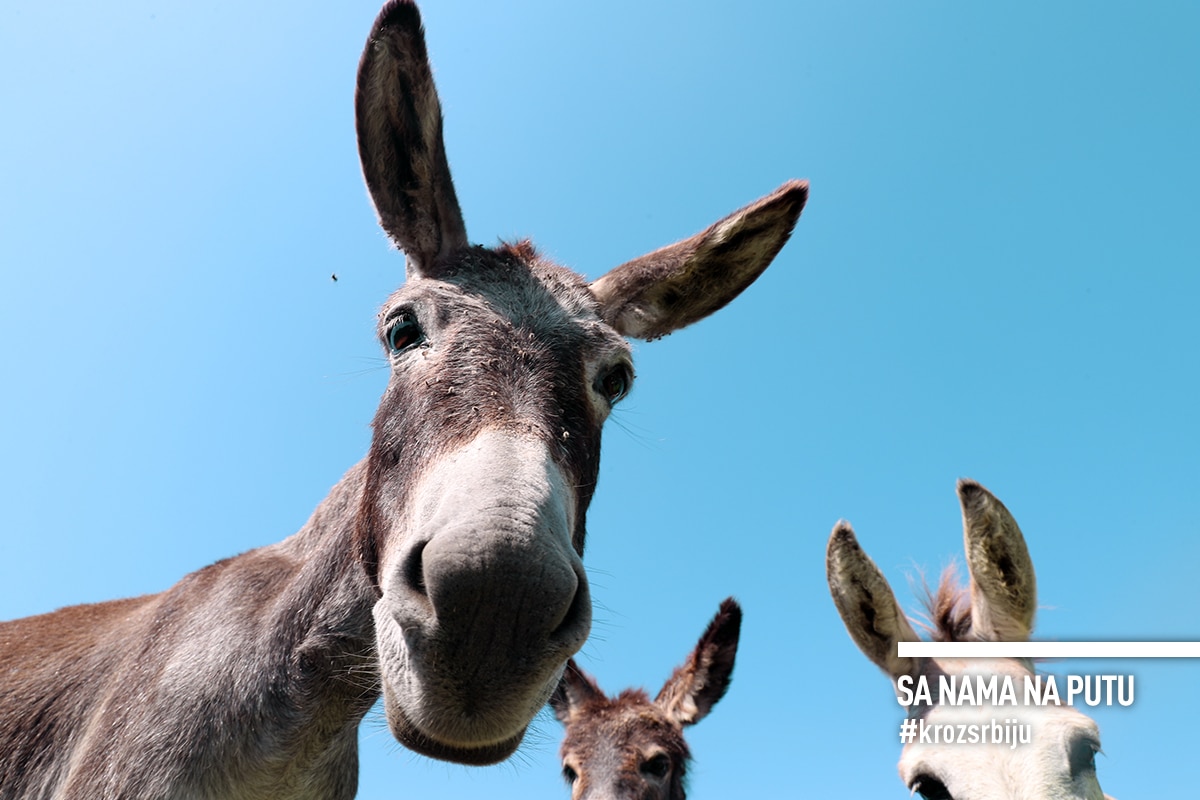
The safari can also be done on foot. You should not rely too much on your sophisticated sense of smell but pay close attention to patches of dung strewn along the way, as they are plentiful. It’s all part of nature and we wouldn’t have it any other way. You’ll enjoy the fairy-tale pristine nature from the times of our ancestors. One that should be preserved for the generations to come.


